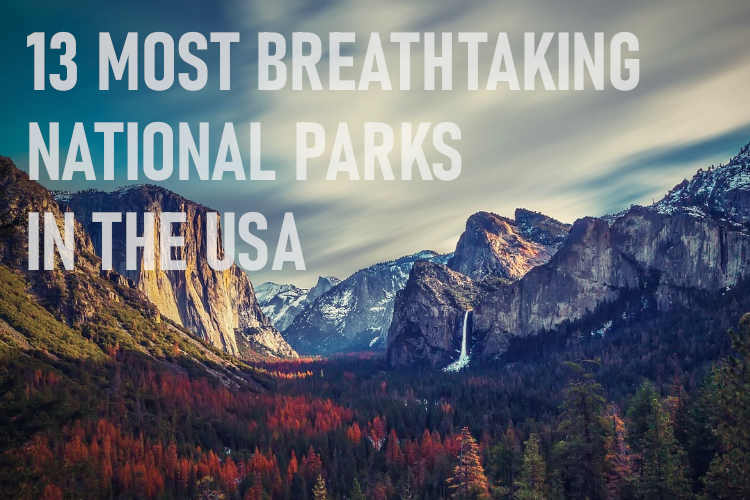
With an area of more than 3.8 million square miles (or 9.86 million km2), the United States is the world’s fourth largest country, a country so large that it spans no less than six time zones! As one would expect, such a vast expanse of land naturally stretches across incredibly variable ecosystems and biospheres, all of which contribute to make America one of the most biodiverse nations on earth.
Among this wealth of natural landscapes there are, at the time of writing this, 63 regions that have been protected as national parks to preserve their unique ecosystems, geological features, historical importance or down-right jaw-dropping natural beauty.
While each national park is worth visiting in its own right, we’ve looked at scenery, popularity and diversity to narrow down the list to our 13 top picks for the most breathtaking national parks in the United States. Here they are, in no particular order:
Yellowstone National Park – Wyoming/Montana/Idaho
It wouldn’t be fitting to start a list of national parks without the mother of them all – Yellowstone National Park. Established all the way back in 1872, the park was the very first national park in the USA, and is widely held to be one of the first national parks in the world.
What to see in Yellowstone National Park
The park’s scenery is something out of an old gold-rush era novel, with pristine high altitude lakes, magnificent golden mountains, evergreen pines and mighty thundering waterfalls.
Yellowstone is also home to some of the most famous hydrothermal sights in the United States; like Old Faithful, arguably the most renowned and timeous geyser in the world, as well as the colorful hues of Grand Prismatic Spring, the largest hot spring in the nation.
Yellowstone is home to hundreds of animal species; from birds, fish and reptiles to black and grizzly bears, moose, elk, cougars, wolves and, perhaps most famously, the largest public herd of American bison in the country.
It is widely considered to be one of the finest megafauna (large animal) habitats in North America and is consistently rated as one of the premier wildlife destinations on the continent, drawing in over 4 million visitors annually.*
What to do in Yellowstone National Park
Yellowstone is the epitome of the Great Outdoors, with activities for young and old abounding in every corner of the park.
The best place to start is at one of the 9 visitor centers and museums, where travelers can learn more about the park and its rich history, or book a guided tour.
With more than 900 miles (1 449km) of trails, hiking is an extremely popular activity and a great way to explore this vast wilderness. The park also allows cycling on public roads and designated routes.
One of the best ways to immerse oneself in the scenery is on a private or guided horseback ride, with day trips and overnight back-country trips available.
Yellowstone is a camper’s dream, with 12 developed campgrounds and more than 300 back-country campsites throughout the park.
Other popular activities include fishing and boating; while in winter months the park becomes a haven for skiers, snowmobilers and winter campers.
Where to stay in Yellowstone National Park
Visitors are spoiled for choice with a wide range of accommodation options inside the park, ranging from camping spots to 9 hotels and lodges, with more than 2200 rooms and cabins available.
Outside the park there are hundreds of lodging options, from B&Bs to luxury resorts, in the nearby gateway towns of Jackson and Cody, Wyoming; West Yellowstone, Gardiner and Red Lodge, Montana; or Ashton, Idaho.
Yosemite National Park – California
Located in central California’s Sierra Nevada, amidst no less than three wilderness areas, Yosemite is one of the oldest national parks in the US and was also one of the parks central to the establishment of the National Park Service.
What to see in Yosemite National Park
With lofty granite peaks, forested valleys, tall waterfalls, clear lakes, tranquil meadows and giant sequoia (redwood) groves, it comes as no surprise that Yosemite draws upwards of 4.4 million visitors a year!*
The park’s most popular region is the Yosemite Valley, a U-shaped valley that was carved by glaciers and serves breathtaking vistas of El Capitan and the Half Dome, two instantly recognizable granite cliffs, as well as Bridalveil Fall, one of Yosemite’s most prominent waterfalls.
There are numerous viewpoints in Yosemite National Park that are easily accessible by vehicle; while hikers, bicyclists and climbers will have additional opportunities to take in the breathtaking landscapes the park protects.
A vast majority of Yosemite is designated as wilderness, preserving no less than five major vegetation zones. This in turn allows it to sustain an incredible diversity of birds, amphibians, reptiles, fish and mammals like black bears, bobcats, deer and bighorn sheep.
An exceptional experience awaits visitors in the latter half of February, when the Horsetail Fall, a seasonal waterfall on the east side of El Capitan, is illuminated during sunset, turning it into a flowing thread of liquid gold.
What to do in Yosemite National Park
With over 750 miles (1 207km) of trails, hiking is extremely popular and one of the best ways to explore the park’s incredible natural beauty. There are also 350 miles (560km) of paved roads that make it possible to take in the scenery Yosemite is so famous for by vehicle.
Yosemite has in recent decades become a quintessential rock climbing destination thanks to the abundance of big granite walls, domes and variable rock faces.
Other activities include camping, backpacking, birding, cycling, kayaking and fishing. There are also numerous ranger-led activities and guided tours available.
The park’s location, far away from city lights, make it a great region from which to view the night sky; while in winter it is a popular destination for downhill skiing, cross-country skiing and snowboarding.
Where to stay in Yosemite National Park
Inside Yosemite there are several accommodations to choose from, ranging from tented camps or seasonal ski huts to hotels and lodges. The Ahwahnee, Yosemite’s luxury offering, is especially popular thanks to its grand architecture, central location, breathtaking views and superb dining.
With a whole array of motels, guesthouses and hotels in gateway towns like Fish Camp, Groveland and Lee Vining; there is no shortage of accommodation in the area to suit every type of budget and traveler.
Great Smoky Mountains National Park – North Carolina/Tennessee
Straddling the ridgeline of the Great Smoky Mountains on the border of Tennessee and North Carolina; this national park features some of the highest mountains in the southeastern United States and is officially the most visited national park in the nation, having welcomed an astounding 12.5 million visitors in 2019.* (To put that into perspective, that’s more than double the amount of visitors that the Grand Canyon received in the same year!)
What to see in Great Smoky Mountains National Park
Few places in the eastern U.S. can compete with this national park when it comes to breathtaking mountain vistas and incredible biodiversity. Sixteen mountains in the park reach an elevation of more than 5 000 feet (1 520m) with the highest summit, Clingmans Dome, rising to 6 643 feet (2 025m).
The park is also renowned for its waterfalls, streams and forests. In fact, more than 90% of the park is forested, of which at least 36% is believed to be virgin forest, untouched by human development. Being one of the largest stretches of deciduous forest in North America, the Great Smoky Mountains National Park draws countless visitors in fall when it takes on incredible shades of red, orange and yellow.
In terms of wildlife, apart from a wealth of bird, fish and reptile species, the park is home to many species of mammals such as black bears, coyotes, white-tailed deer, elk, foxes, woodchucks, beavers, squirrels and chipmunks.
What to do in Great Smoky Mountains National Park
One of the park’s most popular draws is the observation deck located on top of Clingmans Dome, which offers unrivalled views over Tennessee, North Carolina and even Georgia. Mount Le Conte is also frequented for its uninterrupted views.
Apart from sightseeing and wildlife viewing, there are more than 850 miles (1 368km) of hiking trails and unpaved roads for biking, facilities for backpacking and camping as well as horseback riding (though only on specific trails). Water tubing is another popular activity, while culture and history aficionados will enjoy visiting the historical districts and many listed buildings within the park’s domain. The two main visitor centers host frequent exhibits on the wildlife and history of the park.
Outside the Great Smoky Mountains National Park, many of the surrounding towns in both Tennessee and North Carolina have become resort towns and tourist hubs in their own right.
Among these neighboring tourist towns the most notable are arguably Gatlinburg, with numerous amusement parks and attractions, and Pigeon Forge, both located in Tennessee. The latter is home to Dollywood and Dollywood’s Splash Country, two famous theme parks jointly owned by musician, Dolly Parton. The town is one of the most visited in all of the southeastern United States and draws almost 11 million visitors to its many gift shops, outlet malls, amusement parks and theaters annually.
Where to stay in Great Smoky Mountains National Park
Inside the park there are many camping sites, however the only permanent accommodation is LeConte Lodge atop Mount Le Conte, which is only accessible by foot.
In the surrounding towns there are hundreds of options to choose from, ranging from motels to luxury 5 star resorts. Popular destinations on the Tennessee side include aforementioned Gatlinburg and Pigeon Forge, as well as Sevierville and Townsend. Cherokee, Bryson City, Sylva, Maggie Valley and the city of Asheville are popular bases in North Carolina from which to explore the park.
Acadia National Park – Maine
Heading all the way to America’s northeast, Acadia National Park is one of the gems in the crown of the New England region. Situated immediately southwest of the popular town of Bar Harbor, Maine, this Atlantic park protects a diverse range of landscapes, habitats and cultural attractions found on roughly 50% of Mount Desert Island, portions of Isle au Haut, as well as portions of 16 smaller islands and the Schoodic Peninsula.
What to see in Acadia National Park
Thanks to its staggered location, the park offers a unique mix of mountains, lakes, streams, both sandy and cobble beaches, wetlands, forest and rugged Atlantic coastline.
From the summit of Cadillac Mountain (which at 1 530 feet [470m] is the tallest mountain on the US Atlantic coast) visitors can be the first in the country to catch the sunrise between October and March, thanks to its easterly location.
Acadia National Park is home to a wide diversity of plants and wildlife, from black bears, coyotes, foxes, deer and moose to beavers, otters and seals. It is also a popular destination for whale-watching excursions, with humpback whale sightings quite common.
Many local and migratory bird species can be spotted in the park, including bald eagles, peregrine falcons and turkey vultures.
What to do in Acadia National Park
For active visitors, the park contains more than 158 miles (254km) of hiking and cycling trails that traverse forests, mountains, lakes and coastal scenery. For more relaxed sightseeing, the 27 miles (43km) of historic motor roads make it possible to explore sections of the national park by vehicle, though some parts of the road are closed seasonally.
On the water guests can explore the coastline on guided boat tours, while canoeing and kayaking are popular on the accessible ponds and lakes. Sunbathers will also enjoy Sand Beach, a popular oceanfront swimming beach, or Echo Lake Beach, a freshwater alternative.
During winter months visitors can enjoy hiking on trails with snowshoes, cross-country skiing, ice fishing and snowmobiling.
Thanks to its remote location far away from the Eastern Seaboard’s major metropolises, Acadia is also a popular destination for stargazing. Guests can explore the night sky from atop Cadillac Mountain, from the shores of Jordan Pond or from numerous other coastal locations that allow for one-of-a-kind photo opportunities.
Where to stay in Acadia National Park
Inside Acadia National Park there are only an assortment of campgrounds and lean-to shelters. However, nearby towns such as Bar Harbor and Southwest Harbor have no shortage of accommodations to suit every type of traveler, ranging from B&Bs to motels to luxury hotels.
Saguaro National Park – Arizona
If the American West could be epitomized in a national park, Saguaro National Park in Pima County, Arizona, would be it. The park is not only unique in that it protects a symbol of the region, the giant saguaro cactus; it is also the only park on this list that is comprised of two sections, “split” by a major city.
Situated about 10 miles (16km) to the west of Tucson, Arizona, is the Tucson Mountain district, also known as Saguaro West; while the much larger Rincon Mountain District, also referred to as Saguaro East, lies about 10 miles (16km) to the city’s east.
What to see in Saguaro National Park
The park protects a spectacular swathe of Sonoran desert landscape which contains, apart from the eponymous saguaros, numerous other species of cactus and desert shrublands.
While both sides of the park are similar in terms of fauna and flora, the Tucson Mountain District has a larger, more iconic saguaro forest. The Rincon Mountain District, on the other hand, also incorporates oak and pine woodlands, as well as coniferous forests at higher elevations.
In late February and March, the desert comes to life with many cactus and wildflower blooms, while the iconic saguaros start blooming in April.
There are at least 36 species of reptiles to be found in the park, including desert tortoises, coral snakes, Gila monsters and the notorious diamondback rattlesnake. Despite the desert landscape, the park is also home to a surprising variety of mammals such as cougars, coyotes, bobcats, gray foxes, deer, rabbits and pig-like hoofed mammals called javelinas. The Rincon Mountain District is also home to bears and coati.
What to do in Saguaro National Park
Hiking is a popular activity in Saguaro National Park, which boasts 165 miles (266 km) of trails, some of which allow for cycling and horseback riding.
In the Tucson Mountain District of the park, the Signal Hill Petroglyph Site showcases more than 200 Native American petroglyphs, many accessible from passing trails.
Both sides of the park also feature cactus gardens at their respective visitor centers, while the Rincon Mountain District offers adventurous guests an opportunity to camp in the wilderness.
No trip to Saguaro would be complete without experiencing a desert sunset from one of the park’s viewpoints.
Where to stay in Saguaro National Park
The Tucson Mountain District has no accommodation options while the Rincon Mountain District offers visitors a choice of six campgrounds in wilderness backcountry. No other permanent accommodations are available inside the park, but with the city of Tucson tucked in between the two regions of Saguaro National Park, there are plenty of motels, hotels and resorts to choose from within close proximity.
Crater Lake National Park – Oregon
Around 7 700 years ago, Native Americans witnessed a massive eruption that collapsed most of Mount Mazama, a complex volcano in what is now the state of Oregon. The remaining 2 148 foot (655m) deep volcanic caldera that was formed partly filled with rain and snow over time to become what today is the deepest lake in the United States.
Crater Lake, the centerpiece of the eponymous national park, is world-renowned for its deep blue color and draws more than 700 000 visitors to its crystal clear waters annually.*
What to see in Crater Lake National Park
Most visitors come to the park to see the star of the show, Crater Lake; however the surrounding 180 000 acres of (mostly) old growth forests, wetlands and meadows paint a picture perfect landscape around the caldera. As soon as the snow starts to melt the park takes on a beautiful array of colors as wildflowers begin to bloom, an impressive display that only starts fading once the first snowfall arrives again.
Volcanic activity in the area has left unique marks on the landscape with geological formations such as pinnacles and spires, made up of cemented pumice and ash, dotted throughout.
The park is home to many species of birds, insects, reptiles, amphibians and over 70 species of mammals. Black bears, coyotes, Canadian lynx, bobcats, beavers, squirrels, elk and deer are commonly sighted, as are bald eagles, peregrine falcons, Canada geese and Clark’s nutcrackers.
What to do in Crater Lake National Park
The historic Rim Drive is a 33 mile (53km) scenic motor route that circles around the caldera and was designed to serve visitors breathtaking vistas of all the best the park has to offer from more than 30 overlooks.
For a closer encounter, and to reach the shores of the lake, visitors can hike down the Cleetwood Cove Trail, one of many hiking trails in the park and the only legal access route to the lake’s cobalt blue waters.
Fishing and swimming are allowed and boat tours operate daily in summer months. Most boat tours stop at Wizard Island, a cinder cone island that rises an average of 755 feet (230m) above the water’s surface. Guests arriving on earlier trips get to disembark and explore the island, which even features its own crater, dubbed “Witches Cauldron”, at its cap.
From the summit of Mount Scott, the highest point in Crater Lake National Park, visitors can marvel at uninterrupted, panoramic views of the lake and surrounding landscape. On a clear day visibility may exceed 100 miles (160km) to reveal the white peaks of the Cascade Range, Columbia River Plateau and even the more distant Klamath mountains to the west.
Where to stay in Crater Lake National Park
Inside the park there are two lodging options. Crater Lake Lodge is situated in Rim Village and overlooks the lake, while The Cabins at Mazama Village are located just 7 miles (11km) to the south. The park also features two campgrounds with sites for both tents and RVs.
Outside the park guests can choose from several resorts, motels and lodges in nearby communities such as Chiloquin, Chemult and Klamath Falls; all situated in Klamath County, Oregon.
Denali National Park – Alaska
Ah, Alaska, the last frontier. As famous for its natural beauty as it is notorious for its dangerous wilderness and wildlife. About 237 miles (381km) north of Anchorage lies Denali National Park and Preserve, a massive region that protects over 6 million acres of this wild and mysterious land; of which at least 2 million acres have been designated as wilderness.
The park takes its name from its biggest attraction, Denali (formerly Mount McKinley), the tallest peak in North America, and lures over 600 000 visitors a year to embrace its undeveloped, unspoilt natural beauty.*
What to see in Denali National Park
The Alaska Range, of which Denali is a part, is a majestic mountainous expanse that runs throughout the park. Not only does it create some of the most dramatic landscapes on our list, but it also has a direct influence on the region’s ecosystems.
The park is home to many glaciers, rivers, braided streams and lakes; such as the renowned Wonder Lake, popular among photographers for its mirror-like reflection of Denali and the surrounding mountains.
Depending on altitude, vegetation ranges from wetlands to boreal forests to vast expanses of tundra. Throughout summer the valleys are blanketed by wildflowers in bloom, a familiar scene on postcards from the region.
Along with its incredible natural beauty, Denali is also famous for its abundance of wildlife. Of the 39 species of mammals, five are so synonymous with the park that it has affectionately become known as Denali’s Big Five. These are moose, caribou, Dall sheep (the species whose protection led to the establishment of Denali as a national park in the first place), wolves and grizzly bears. Other mammals include black bears, red foxes, Canada lynx, arctic ground squirrels, collared pika, snowshoe hares and wolverines.
More than 169 species of birds can also be spotted in the park in season; such as golden eagles, ptarmigan and trumpeter swans to name but a few.
What to do in Denali National Park
From the park’s entrance, Denali Park Road traverses the wild landscapes for 92 miles (184km) all the way to the beautiful western terminus of Kantishna. While personal vehicles are only allowed to drive the first 15 miles (24km) unless a camping permit is acquired, there are three types of buses that take travelers all the way while passing by some of the most breathtaking Denali scenery. Taking a bus tour is also the best way to spot the abundant wildlife.
Other activities include hiking, cycling or partaking in ranger-led programs and guided walks from one of the park’s visitor centers. The more adventurous in heart can also backpack and camp in the extensive Denali wilderness, where there are no trails and no infrastructure to speak of, only the beck and call of nature and hopefully a compass at hand.
Winter activities include snowmobiling, skiing and snowshoeing. Thanks to the park’s northerly latitude and absence of light pollution, this is also a great time to gaze at the stars and milky way, or marvel at the elusive aurora borealis.
Another exhilarating way to explore Denali and take in its incredible features is through the window of a small plane or helicopter. “Flightseeing” excursions are readily available from nearby communities such as Denali Park, Talkeetna and Kantishna, while some operators even fly from Anchorage or Fairbanks. Ski-equipped plane excursions that land visitors on glaciers are also available; a one-of-a-kind experience that is sure to enthrall even the most experienced of travelers.
Where to stay in Denali National Park
Denali has six campgrounds that are open from late May to mid-September, with Riley Creek campsite remaining open throughout the year. There are also four privately-run lodges in the wilderness near Kantishna; namely Camp Denali & North Face Lodge, Kantishna Roadhouse, Denali Backcountry Lodge and Skyline Lodge.
Dotted along Highway 3, the quaint communities of Cantwell, Denali Park and Healy offer a wide assortment of accommodations near the park entrance, with options ranging from cabins and B&Bs to lodges and resorts.
Arches National Park – Utah
Deep in the high desert of the Colorado Plateau, just 4 miles (6km) north of Moab, Utah, lies Arches National Park. Within its borders, more than 2 000 natural sandstone arches – the largest density in the world – draw more than 1.6 million visitors* a year to its rocky, red landscapes and unique collection of natural formations.
What to see in Arches National Park
Forged over millennia by geological and hydrological forces, the eroded sandstone arches are definitely the main attraction in the park.
Not to be missed are Delicate Arch, a 52 foot (16m) tall arch that has become synonymous with the park and even features on Utah license plates. Other famous arches include Landscape Arch, the longest in the park, as well as Double Arch, a pair of arches (as the name suggests) of which the southern span boasts an opening of 112 feet (34m) from ground level.
Other popular rock formations in the park include Balanced Rock, a large balancing rock equivalent in size to three school buses; and Courthouse Towers, a dramatic collection of stone columns, among which The Three Gossips columns are particularly intriguing.
While the silence and serenity of the rocky desert might feel lifeless, there are an abundance of plant and animal species that can be found within the confines of Arches National Park. As is the case with most deserts, lizards and snakes are important players in the local ecosystem and in turn attract potential predatory birds, like the peregrine falcon. The park is also home to many species of rodents, like antelope squirrels and kangaroo rats.
Some notable mammal species to look out for are red foxes, mule deer and cougars; though the latter are rarely spotted. Occasional sightings of desert bighorn sheep have also been reported, and in late August to September black bears sometimes wander down from the La Sal Mountains located a stone’s throw from the park.
What to do in Arches National Park
Touring the park by vehicle is possible thanks to its 18 mile (29km) long scenic road that passes by many of the most dramatic rock formations.
However, the best way to really see the park is to take one of more than 16 hiking trails, which range from easy to difficult and lead hikers into the heart of Arches.
Biking, canyoneering and ranger-led programs are available, as is camping at Devils Garden, the perfect spot from which to immerse oneself in the desert landscape.
No visit to Arches National Park would be complete without catching the sunset as it illuminates the sandstone formations in a glorious red hue. After dark the park also boasts some of the darkest skies in the contiguous United States, making it the perfect destination for stargazing, whether alone or led by a ranger.
Where to stay in Arches National Park
Apart from the one campground at Devils Garden, there are no lodgings inside Arches National Park. There are, however, numerous hotels, motels, B&Bs and lodges to choose from in the gateway city of Moab, as well as in the nearby town of Castle Valley.
Olympic National Park – Washington
With over 70 miles (113km) of rugged Pacific coastline, glacier-capped mountains, forests and wildflower meadows; Olympic National Park encompasses some extremely diverse ecosystems and is rightfully one of the most visited national parks in the United States, attracting more than 3.24 million visitors to its unspoilt natural beauty annually.*
The park covers a massive 922 651 acres on the Olympic Peninsula in Washington State, of which more than 95% has been designated as wilderness – one of the largest wilderness areas in the contiguous United States.
What to see in Olympic National Park
In the park’s interior, the Olympic Mountains tower over the landscape to a maximum height of 7 980 feet (2 432m) at the summit of Mount Olympus, its tallest mountain. Surrounding it are countless rugged peaks, mountain ridges and u-shaped valleys. The Hurricane Ridge visitor center serves some of the most breathtaking panoramic views of the mountains and is also a great starting point for many hiking trails.
Descending to lower altitudes, glaciated mountains turn into subalpine, montane and old-growth temperate rainforest, such as the Hoh Rainforest with its moss-covered bigleaf maples.
Throughout the park visitors are never far from water, with rivers, lakes, streams and creeks sustaining an incredible diversity of wildlife. The park also protects rugged coastal stretches of Pacific Ocean, where forest gives way to craggy cliffs and untamed, sandy beaches. Popular among visitors are Ruby Beach with its reddish sand, sea stacks and driftwood; as well as Rialto Beach, known for its sea-carved arch dubbed the Hole-in-the-Wall.
The park’s wildlife is as diverse as its landscape. Offshore, whales, dolphins, seals, sea lions and otters are frequently spotted; while innumerable species of invertebrates inhabit the tidal pools along the park’s coastline. It is also home to many species of birds, fish, reptiles and amphibians.
Olympic National Park protects many mammal species such as deer, elk, cougars and black bears; however, thanks to its isolation, the park is also home to endemic species found nowhere else in the world, like the Olympic marmot.
What to do in Olympic National Park
With such a vast array of ecosystems the park also boasts a vast of array of activities like fishing, camping and sightseeing.
River rafting, paddling and kayaking are popular sports, as are motor boating on Lake Crescent, Lake Ozette or in coastal portions of the Hoh, Quillayute and Dickey rivers.
Olympic is a popular destination for birding and wildlife viewing, while young and old alike will enjoy exploring the incredible array of marine life just offshore or in the countless tidepools on its foggy beaches.
Visitor centers like Hurricane Ridge are accessible by vehicle, but the best way to explore the majestic interior wilderness of Olympic is by planning an overnight backpacking experience. There are also many day-hiking trails taking visitors to some of the park’s main highlights.
Numerous ranger-led programs, such as stargazing excursions, are available throughout the year; while in winter months the park becomes a hotspot for skiing, snowshoeing and winter sports.
Where to stay in Olympic National Park
Within Olympic National Park, visitors can choose from several lodges and resorts that feature chalets, rooms, suites and cabins. There are also a number of camps that cater to both tents and RVs and are located in diverse sections of the park.
Outside the park there are numerous communities within close proximity that offer a variety of accommodation options, from motels and B&Bs to hotels and home rentals.
Popular communities include Port Angeles, Port Townsend and Sequim to the north; Forks, La Push and Lake Quinault to the west; and Quilcene, Brinnon, Hood Canal and Hoodsport to the East. Further southeast, the city of Shelton and the state capital, Olympia, also offer an assortment of accommodations.
Grand Canyon National Park – Arizona
Our next park needs no introduction, seeing as it is the second most visited national park in the United States and home to one of the most famous landmarks in the country, attracting just over 6 million visitors in 2017!
What to see in Grand Canyon National Park
The one mile (1.6km) deep, 277 miles (446km) long and up to 18 miles (29km) wide Grand Canyon, which was carved by the Colorado River over millions of years, forms the centerpiece of the park. It is world renowned for its layered bands of rock with its wealth of geological, archaeological and paleontological features.
Between the lowest point of the river below and the highest point on the North Rim there is a difference of 8 000 feet (2.4km) in elevation. This allows for a surprisingly diverse range of plant species to thrive in this desert region, including hanging gardens with rare and endemic plant species, desert scrubland, juniper woodland, rare montane meadows and even subalpine grasslands.
The park also supports an amazing diversity of wildlife. Of the more than 450 species of birds, the iconic, extremely rare California condor is arguably the most famous and sought after to spot. Numerous reptile, amphibian and insect species call the park home, as do at least 91 species of mammals such as bighorn sheep, mountain lions, mule deer, elk, ringtails, javelinas and, unexpectedly, bison (though only on the North Rim).
What to do in Grand Canyon National Park
The Grand Canyon National Park is generally divided into the more popular South Rim and the harder to reach North Rim; each offering an exciting range of activities.
From the South Rim visitors can explore Grand Canyon Village, the heart and transport hub of the park that features a historic district, market plaza and popular visitor center. The nearby Yavapai Museum of Geology is the perfect place to find out more about the canyon and its history. It is also the start of the Trail of Time, a 2.83 mile (4.56km) long paved trail designed to represent a geological timeline of the Grand Canyon’s history.
There are numerous walking, hiking and cycling trails that start from the South Rim; while the 50 mile (80km) round-trip Desert View Drive is a convenient way to take in some of the park’s most spetacular vistas by vehicle or RV.
Other activities include camping, overnight backpacking, mule trips, park ranger programs and raft trips on the Colorado River.
From the North Rim visitors can also take part in many of the same activities; including hiking, mule trips, scenic rim drives and ranger programs. The North Rim has fewer crowds and offers some unique vantages of the Grand Canyon; however, lodging and services are generally only available from mid-May to mid-October.
Where to stay in Grand Canyon National Park
On the South Rim there are a selection of lodges and hotels in Grand Canyon Village; as well as 2 developed campgrounds and 1 RV park.
Outside the park, the community of Tusayan (located just 7 miles or 11kms away) is a popular gateway with many accommodation options. Further south, the communities of Valle, Red Lake and Williams also offer a variety of lodgings. Though 80 miles (130km) away; the city of Flagstaff is a gateway to additional popular attractions in the region (such as Sedona, the Navajo Nation and the San Francisco Peaks) and features many accommodations ranging from motels to lodges to luxury hotels.
On the North Rim, Grand Canyon Lodge is the only establishment inside the park, featuring guest rooms and cabins. Visitors can also camp at the North Rim Campground. Both facilities are closed during winter, however. Additional accommodations are available in the nearby Kaibab Plateau and northwards along Highway 89 in the towns of Fredonia, AZ and Kanab, UT.
For the more adventurous at heart, Phantom Ranch, situated at the bottom of the Grand Canyon, features overnight dorms and cabins as well as a canteen. The ranch can only be reached by hikers and mule riders, and reservations can only be made via an online lottery 15 months in advance.
Rocky Mountain National Park – Colorado
Located just 76 miles (122km) northwest of Denver, the Rocky Mountain National Park protects 415 square miles (668km2) of some of the most dramatic scenery of all the national parks on our list; which is why it comes as no surprise that the park drew over 4.67 million visitors in 2019 alone!*
The Continental Divide – the mountainous “backbone” that runs throughout the Americas and divides the watersheds that flow into the Pacific from the other river systems that drain into the Atlantic or Arctic oceans – runs through the middle of the park. The park is also home to the headwaters of the mighty Colorado River.
What to see in Rocky Mountain National Park
As one of the highest national parks in the United States, with elevations ranging from 7 860 feet (2 396m) to 14 259 feet (4 346m) above sea level, the park is home to some incredibly high mountain peaks and some incredibly diverse ecosystems.
At lower elevations, the surrounding landscape is composed of lush montane meadows and valleys with meandering rivers, surrounded by hilly slopes, rich in wildlife and blanketed by wildflowers in summer. Increasing in altitude, sub-alpine forests color the sides of mountains and fringe crystal clear lakes. Above the treeline, the park features one of the largest regions of alpine tundra in the lower 48 states and is home to several cirque glaciers.
This immense diversity in plant life and topography create incredibly diverse habitats that sustain a wide variety of wildlife.
The park is a birdwatcher’s paradise with more than 270 species having been reported; including red crossbill, gray jay and red-tailed hawks, to name but a few.
Many species of fish, amphibians and reptiles can be found in the park, while noteworthy mammals include bighorn sheep, black bears, beavers, elk, moose, coyotes, mountain lions, Canada lynx, bobcats and mule deer.
What to do in Rocky Mountain National Park
One of the unique features of Rocky Mountain National Park is its scenic road trails, the highest paved roads in any US national park, that allow visitors to drive through some of the park’s most breathtaking scenery – from lowland meadows all the way to alpine tundra at more than 12 000 feet (3 658m) above sea level. The most popular scenic trail is the Trail Ridge Road, a section of US Highway 34 that traverses the park and takes visitors through some of the most awe-inspiring scenery the Rocky Mountains have to offer, including excellent views of the park’s highest point, Longs Peak.
The park is a hiker’s heaven with more than 355 miles (571km) of trails, ranging from flat and paved to steep mountain peak climbs. Backpacking and camping is a great way to experience the park, whether at designated facilities or in the vast wilderness.
Other popular activities include picnicking, fishing, horseback riding, viewing wildlife or partaking in ranger-led programs. There are five visitor centers where travelers can learn more about the park and stock up on souvenirs.
Winter activities include snowshoeing, cross-country skiing, backcountry skiing, snowboarding and sledding.
Where to stay in Rocky Mountain National Park
Apart from five established campgrounds, there are no permanent lodges in Rocky Mountain National Park. However, in the gateway towns of Estes Park (to the east of the park) and Grand Lake (to the west), visitors are spoilt for choice with options ranging from motels and guesthouses to luxury lodges and resorts.
Zion National Park – Utah
With a unique location at the junction of the Colorado Plateau, Mojave Desert and the Great Basin; Zion National Park protects a remarkable geographical region that contains some incredible geological and biological diversity.
The park is centered around the 15 mile (24km) long Zion Canyon in the southwestern corner of Utah, home to mountains, mesas, buttes, arches, slot canyons, monoliths and even more canyons. Its dramatic sandstone rockfaces and surprising biodiversity attracted more than 4.48 million visitors in 2019 alone,* making it one of the most visited national parks in the United States.
What to see in Zion National Park
The park’s impressive geological features and reddish-tan canyon walls are undoubtedly the stars of the show.
From the floor of Zion Canyon, visitors can marvel at the incredible Navajo sandstone peaks which rise up to 3 600 feet (1 100m) above the landscape. Notable geographic formations in this region include Court of the Patriarchs, The Sentinel and The Towers of the Virgin – a collection of summits that includes the Altar of Sacrifice and The West Temple, the highest feature in Zion Canyon at 7 810 feet (2 380m) in elevation.
The wilderness region of Kolob Canyons makes up the northwest corner of the park and features additional unique formations, canyon streams and falls. This region is home to Horse Ranch Mountain, which at 8 733 feet (2 662m) is the highest summit in the park.
Location as well as varying topography, elevation, geology and water availability all contribute to the park’s surprisingly diverse ecosystems and habitats.
Zion National Park protects desert, riparian (next to rivers), woodland and coniferous forest zones that are home to no less than 291 species of birds (including peregrine falcons and California condors), 37 species of reptiles and amphibians, and 8 species of fish. The park is also home to 78 species of mammals; such as rock squirrels, bats, ringtails, mule deer, foxes, coyotes, bighorn sheep and mountain lions, the largest predatory species in the park.
What to do in Zion National Park
Popular activities include backpacking, camping, cycling, birding, canyoneering, rock climbing or participating in a ranger-guided program.
After the crowds start to disappear, Zion serves up some of the most breathtaking sunsets and is a popular destination for night sky viewing.
The best way to experience the grandeur of Zion National Park is by hiking along some of the most photographed trails in the country; which range from day hikes that pass many of the park’s highlights to much longer hikes into the Zion Wilderness and Kolob Canyons.
One of the most famous hikes in the park passes through The Narrows, the narrowest section of Zion Canyon with 1 000 foot (305m) high walls. Visitors can hike upstream through this magnificent gorge; however there are limited trails and hikers have to wade through the Virgin River, which in the storm season (late spring and summer) comes with the added adrenaline-rush-inducing risk of flash floods.
From the Zion Canyon Visitor Center travelers can find out more about the park or head to the Zion Human History Museum to learn about its rich cultural history. From here a shuttle bus runs up Zion Canyon Scenic Drive, which follows the Zion Canyon to its interior for 6 miles (9.7km), ending at the Temple of Sinawava.
The Zion-Mount Carmel Highway (State Route 9), Kolob Terrace Road and Kolob Canyons Scenic Drive are open to private vehicles and is the perfect way to experience the majestic beauty of Zion on a road trip.
Where to stay in Zion National Park
Located about midway on the Zion Canyon Scenic Drive, the historic Zion Lodge features rustic rooms, cabins and suites year-round. Zion also has 3 campgrounds, of which only Watchman Campground is open throughout the year.
The gateway city of Springdale, UT, has a host of accommodation options, from inns and motels to luxury, contemporary lodges. There is even a shuttle service that runs between the city and the park.
Numerous lodgings are available in the nearby communities of Rockville, Grafton and Virgin to the southwest, Hurricane and St. George to the west, Mt. Carmel Junction to the east, Kanab to the southeast or Cedar City and New Harmony to the north near Kolob Canyons Visitor Center.
Everglades National Park – Florida
While most national parks encompass some spectacular scenery with dramatic vistas, our last park instead protects an incredibly diverse and unique collection of important, threatened habitats.
The Everglades National Park is spread across a 1.5 million acre region that today constitutes the largest subtropical wilderness in the United States.
What to see in Everglades National Park
Thanks to its unique location in the south of Florida, the park contains at least 9 distinct, interdependent ecosystems; each supporting important fauna and flora with many species found nowhere else on earth.
Much of the Everglades is comprised of freshwater sloughs and marl prairies. These marshy regions are a mecca for wading birds such as herons, egrets, pelicans, roseate spoonbills and ibises; while the abundance of fish and amphibians attract some of the park’s most renowned reptile inhabitants: snapping turtles, alligators and the threatened American crocodile.
Nestled throughout the park, hardwood hammocks and rare pinelands make ideal habitats for many reptiles, amphibians and birds such as barred owls and southern bald eagles. Mammals like the Florida black bear, red foxes, white-tailed deer and the extremely rare, critically endangered Florida panther also call these stretches home.
Cypress domes provide great nesting areas for birds such as anhingas and wild turkeys; while squirrels, raccoons, opossums, river otters, bobcats and even more alligators also call these regions home.
The Everglades National Park protects the largest stands of mangrove forest in the western hemisphere, acting as important breeding grounds and nurseries for countless marine species. Birds such as pelicans, tricolored herons and sea gulls; reptiles like the endangered green turtle and hawksbill turtle; and mammals such as the almost mythical West Indian manatee, all inhabit these mangrove forests.
The desert-like coastal lowlands are home to species like the Cape Sable seaside sparrow and Everglades snail kite; while small mammals such as rabbits and mice attract reptiles like the eastern indigo snake.
The largest body of water in the park is Florida bay, where the marine and estuarine ecosystems stretch from the mangrove swamps at the southern tip of mainland Florida all the way to the Florida Keys, covering over 800 square miles (2 100km2). Here corals, sponges and sea grasses provide food and shelter to crustaceans, mollusks and other invertebrates. These in turn attract fish and wading birds, which in turn attract barracudas, stingrays and sharks. The bay is also home to a resident pod of bottlenose dolphins.
What to do in Everglades National Park
Everglades National Park is a premier destination for wildlife viewing and is one of the foremost destinations in the United States for bird watching.
Popular activities include hiking, cycling, kayaking and canoeing, with numerous land and water trails inside the park that allow visitors to explore a wide range of habitats and ecosystems.
The park is a renowned spot for fishing and boating; as well as for airboat tours that take visitors straight to the wildlife. Ranger-led programs and tours are also available from most visitor centers in the park.
There are two drive-in campsites in the park: one in Lone Pine Key close to the Ernest F. Coe visitor center; and the other in Flamingo, the southernmost point in mainland Florida. There are also numerous wilderness campsites that are only accessible by canoe, kayak, boat or in some instances from a hiking trail.
Where to stay in Everglades National Park
Apart from campsites and eco tents at Flamingo, there are no permanent lodgings in Everglades National Park.
Visitors arriving from the west will find plenty of accommodation options in Everglades City, the gateway to the Ten Thousand Islands region of the park and location of the Gulf Coast Visitor Center entrance.
From the east the nearby cities of Homestead and Florida City offer plentiful options ranging from inns and motels to luxury hotels and resorts. It is also a great base from which to explore the nearby Biscayne National Park and the Florida Keys.
To find out more about any of the national parks in the United States, visit the National Park Service. Their site has a wealth of up-to-date information to help you plan your trip, as well as information on how to volunteer or take part in the protection of these breathtaking natural wonders.
*All visitor statistics based on a combination of reports from 2019.

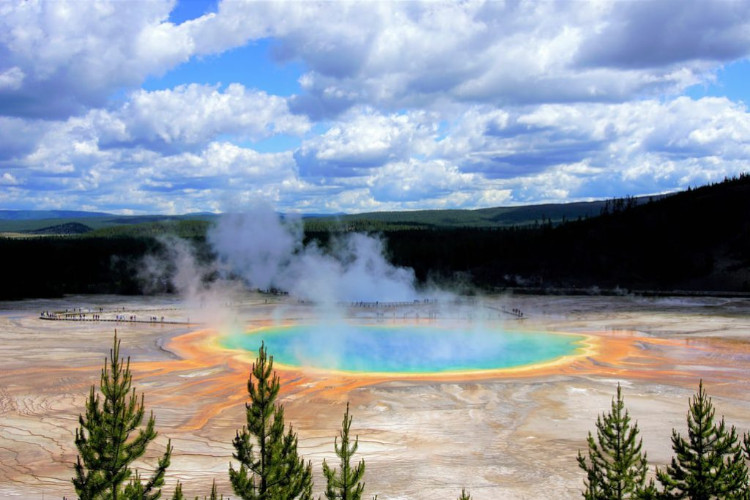
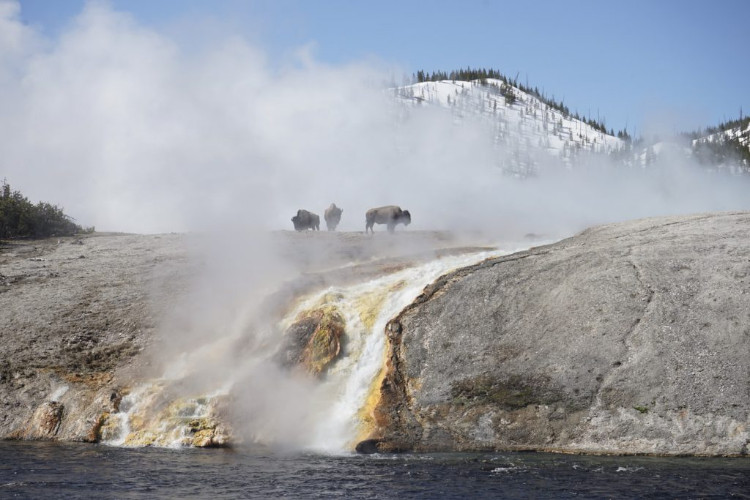
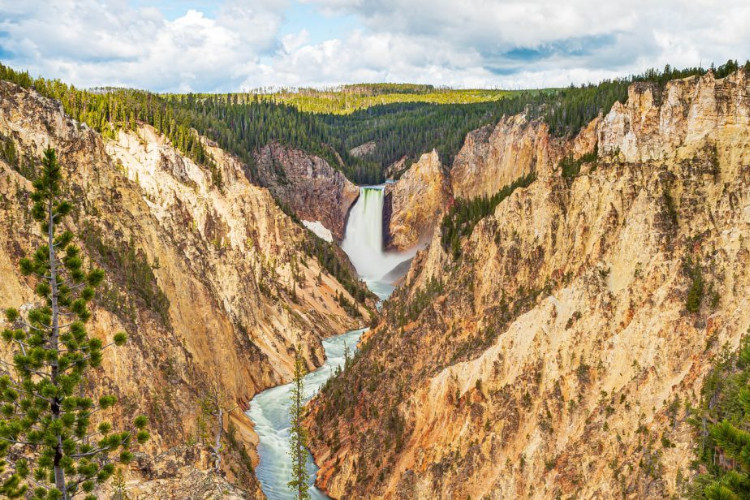
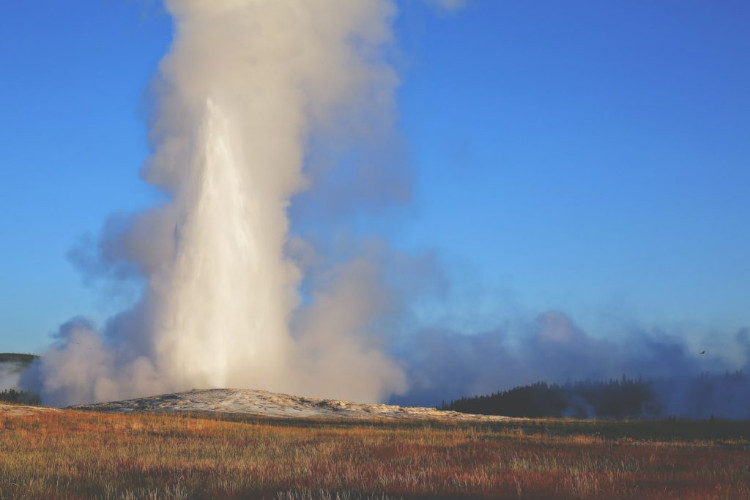
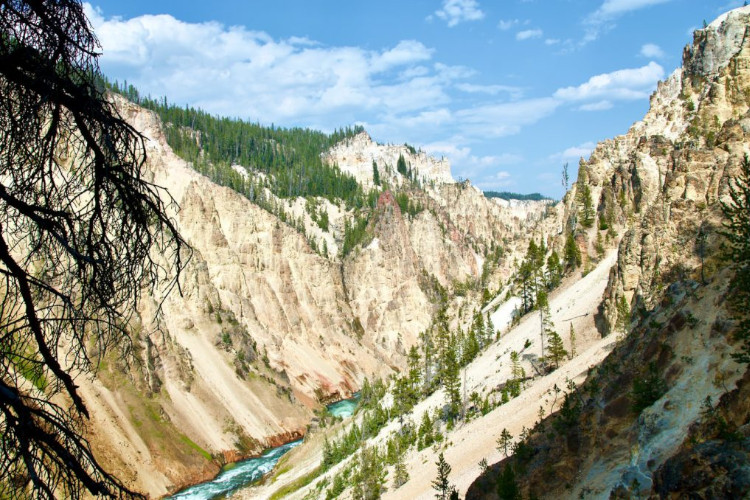

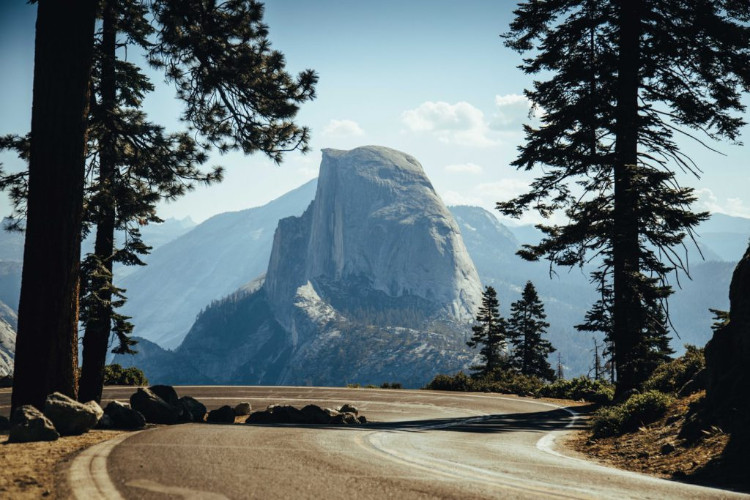
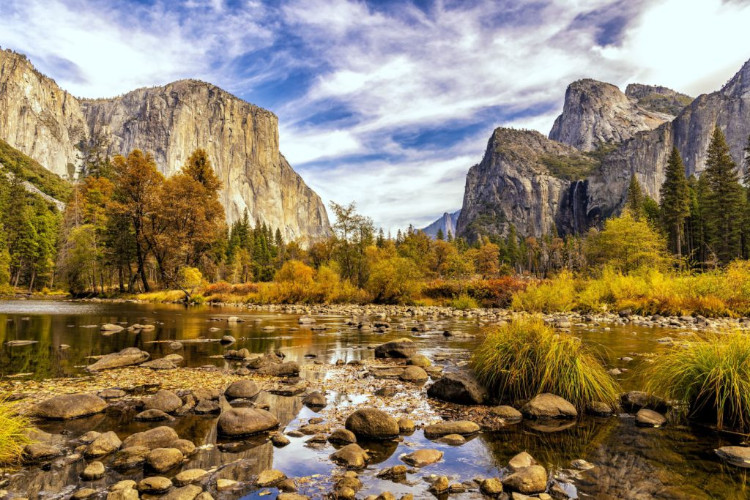
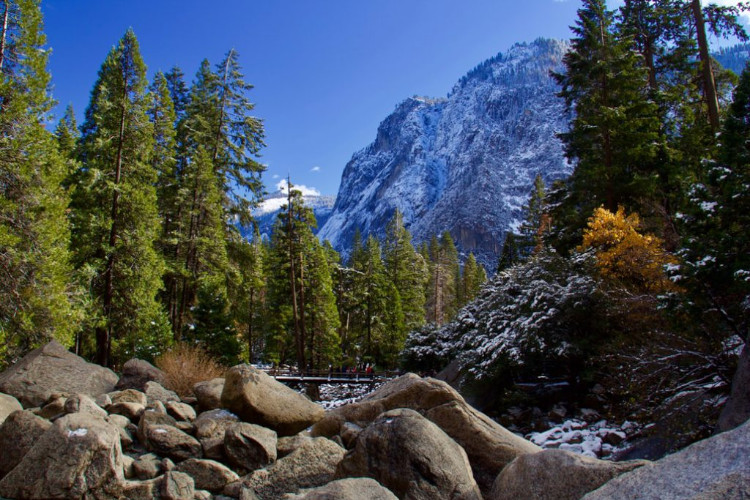
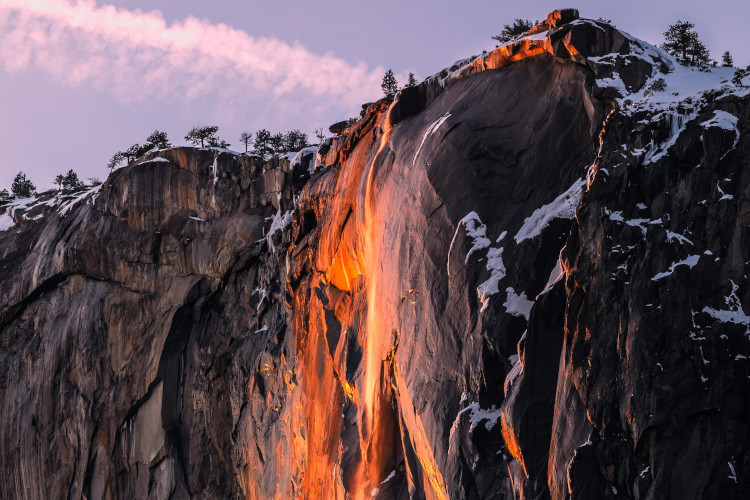
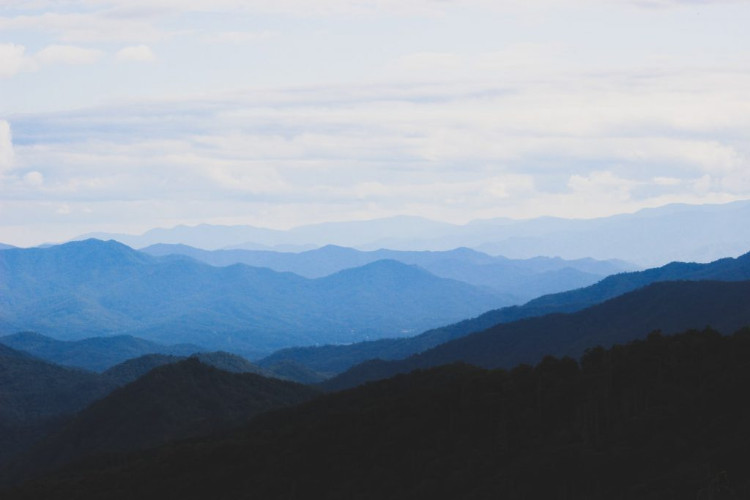
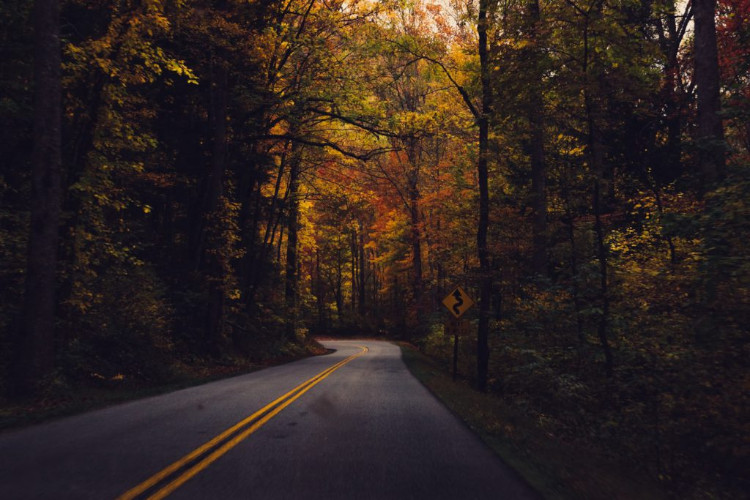
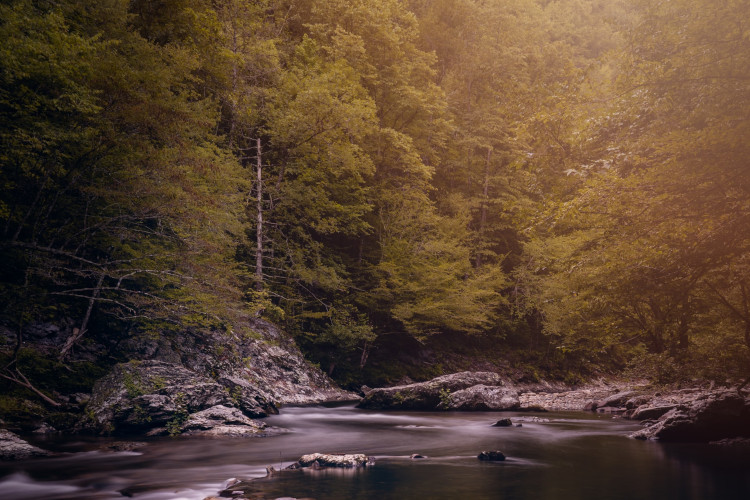
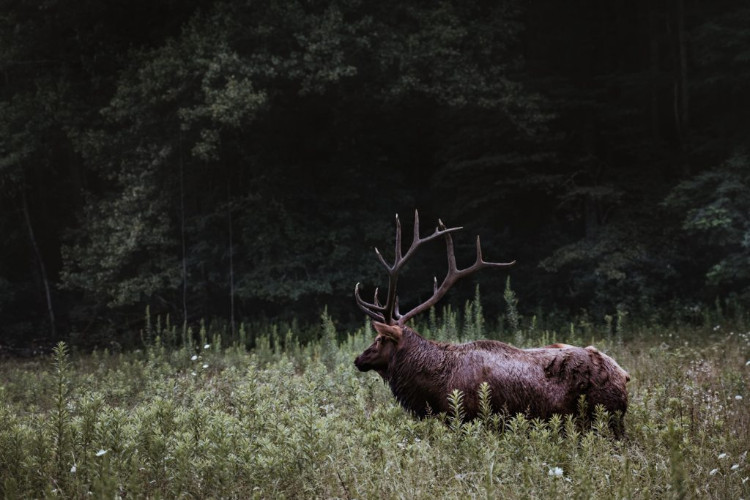
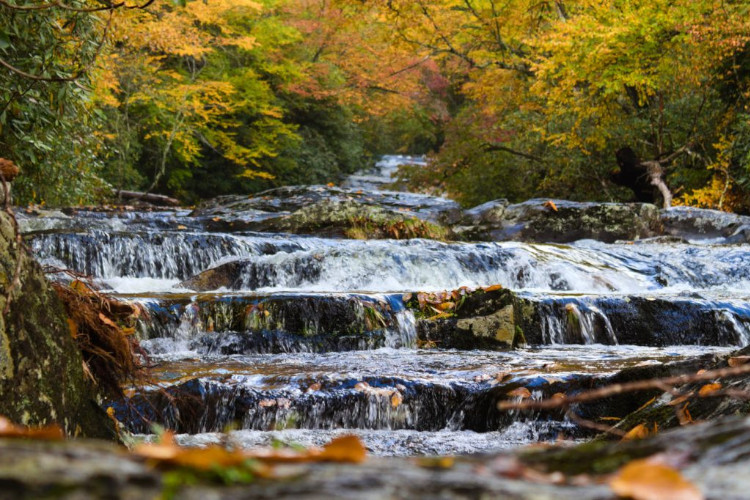
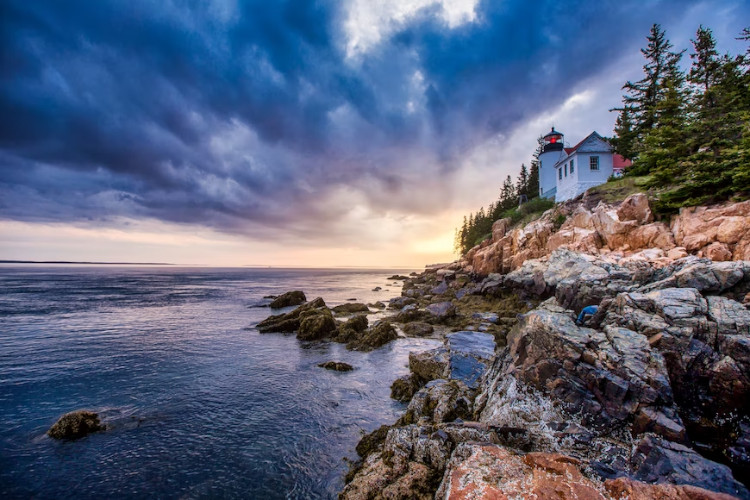
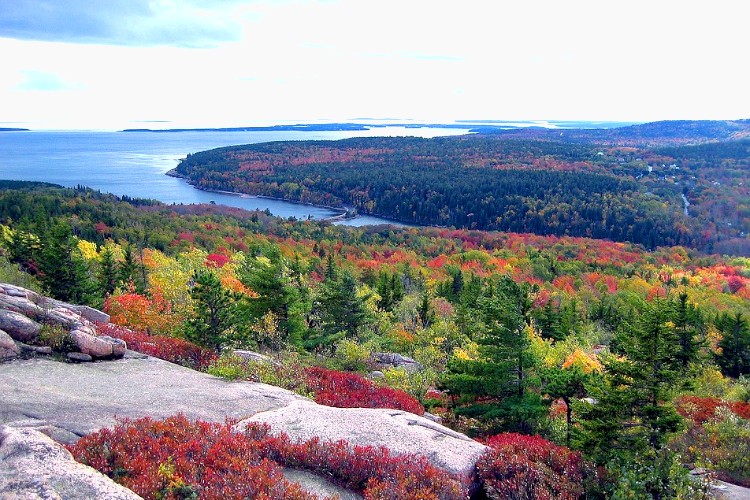
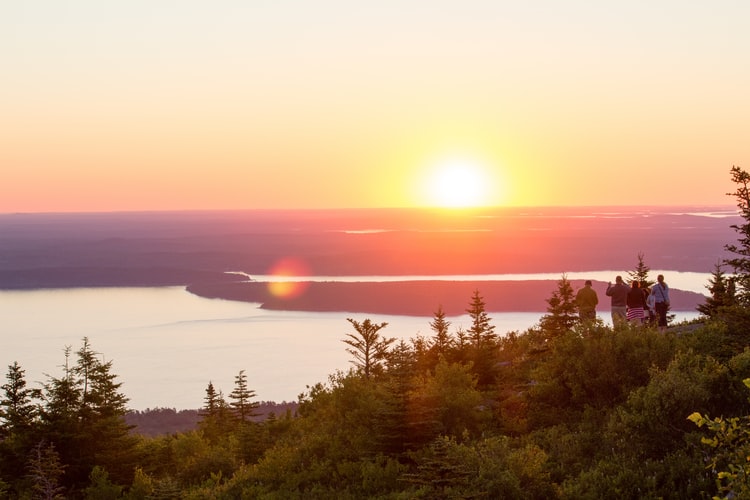
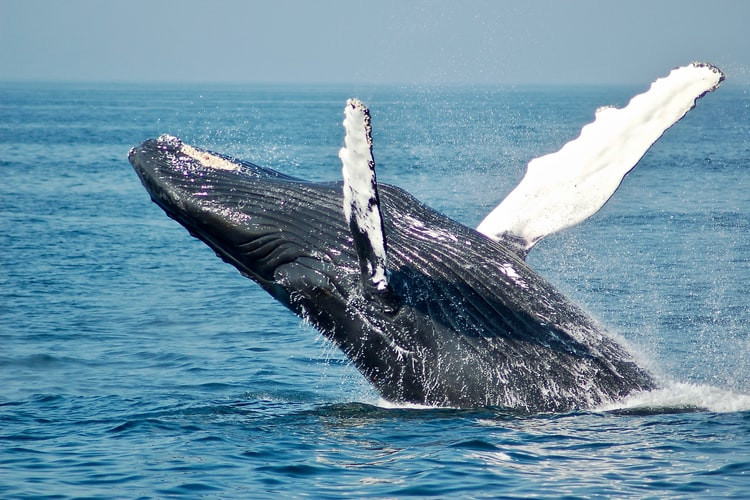
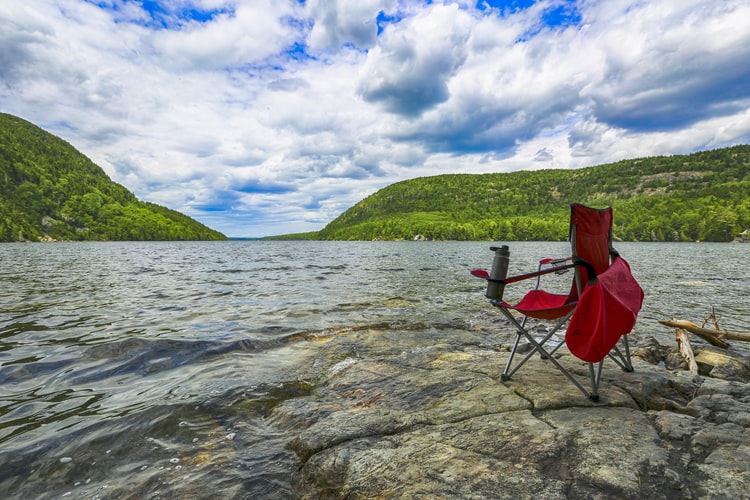
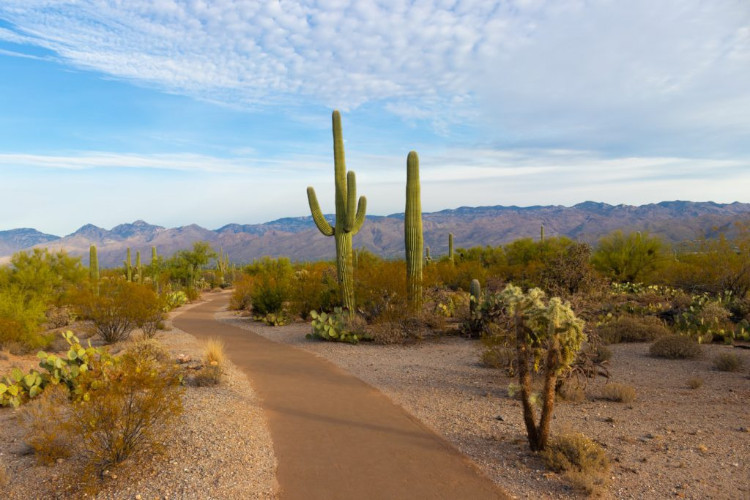
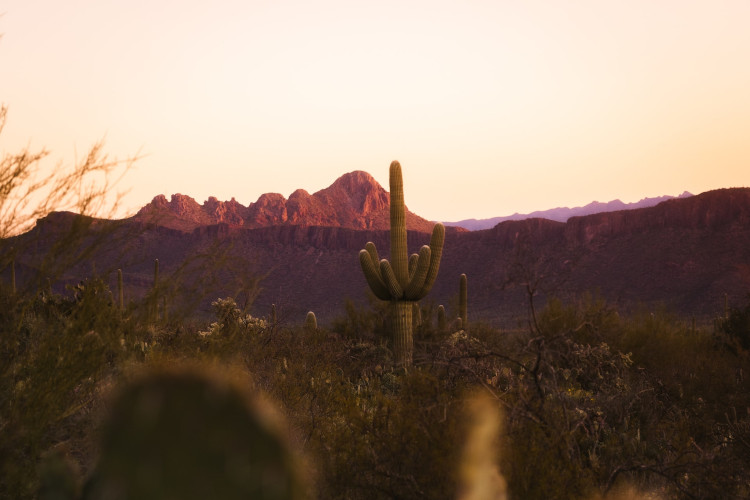
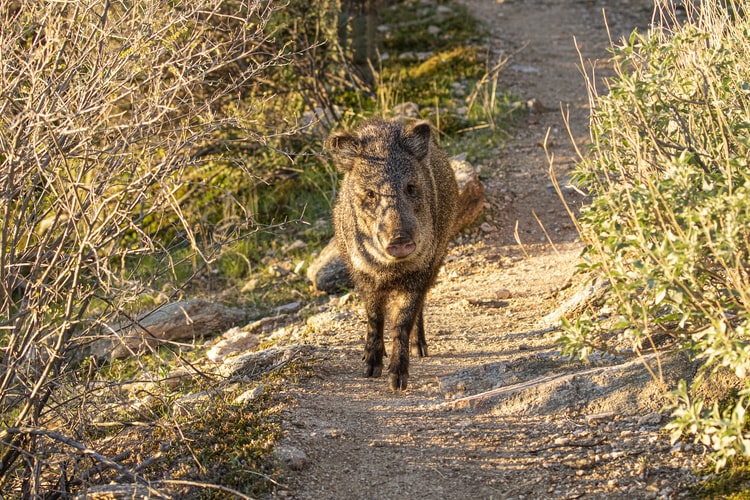
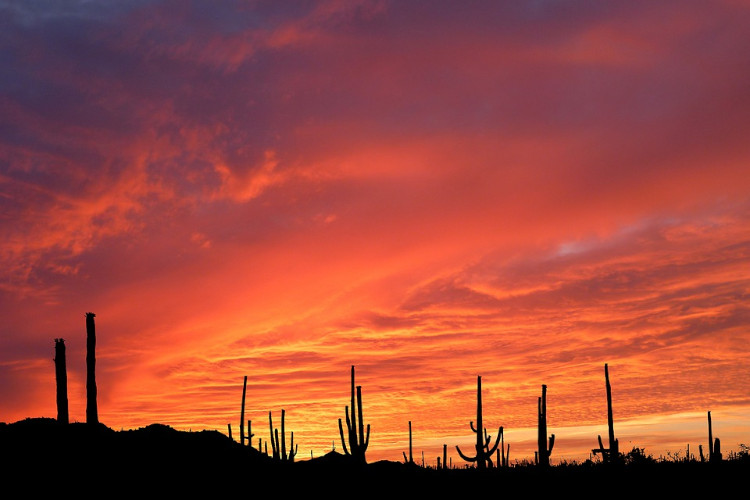
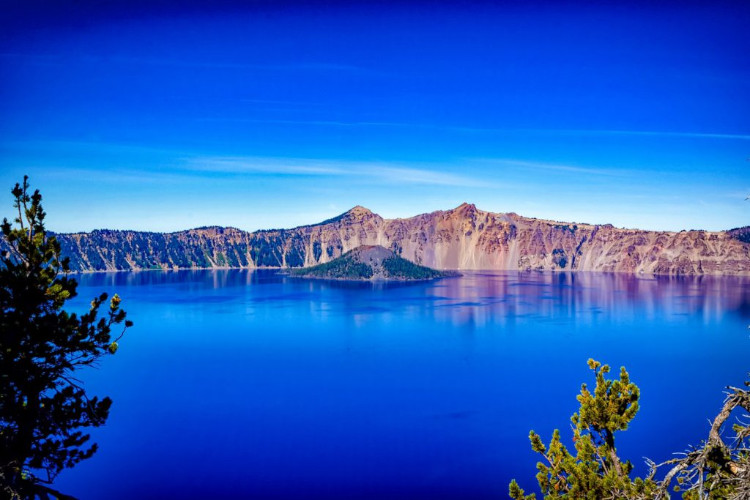
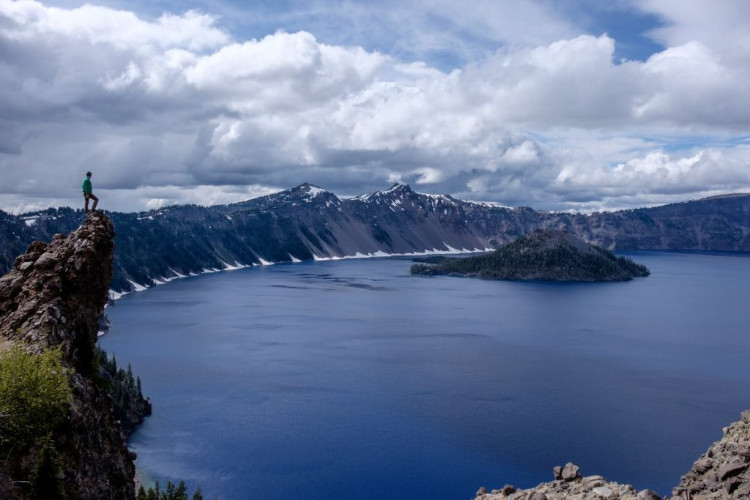
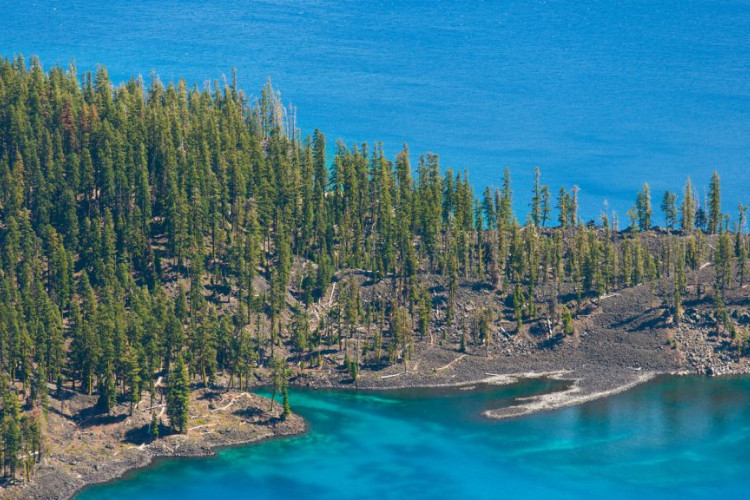
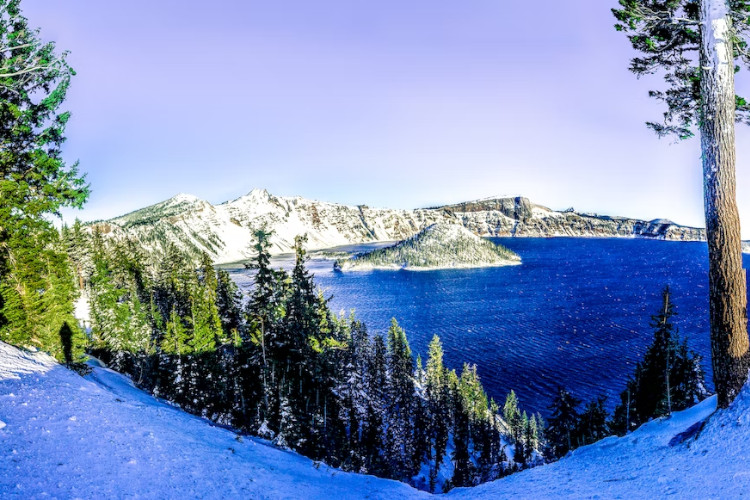
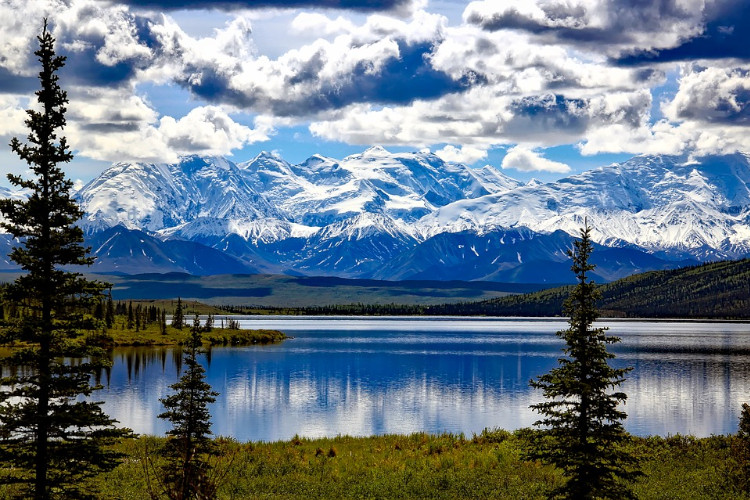
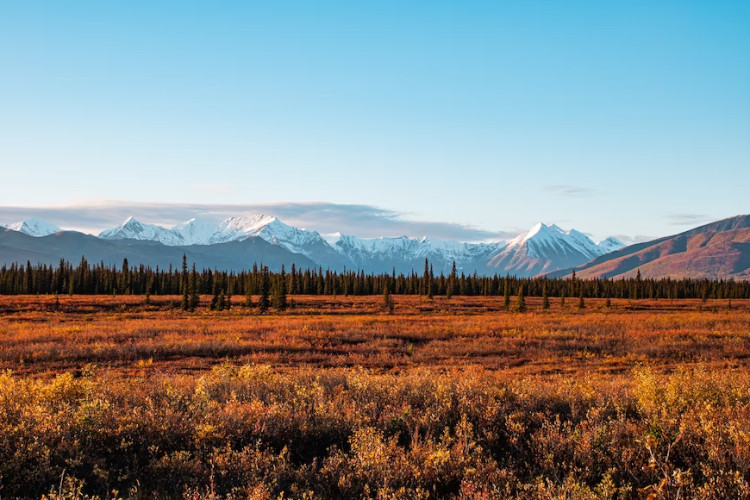
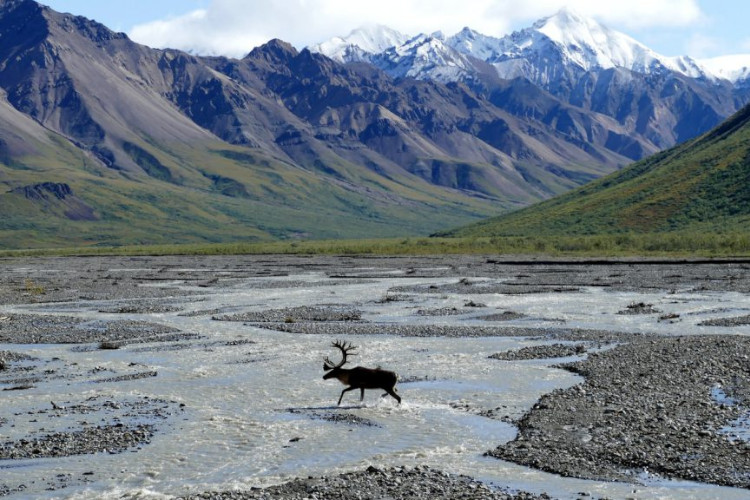
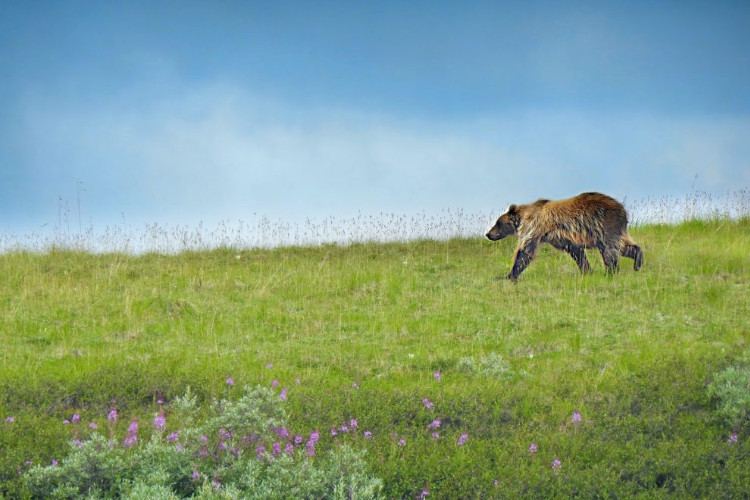
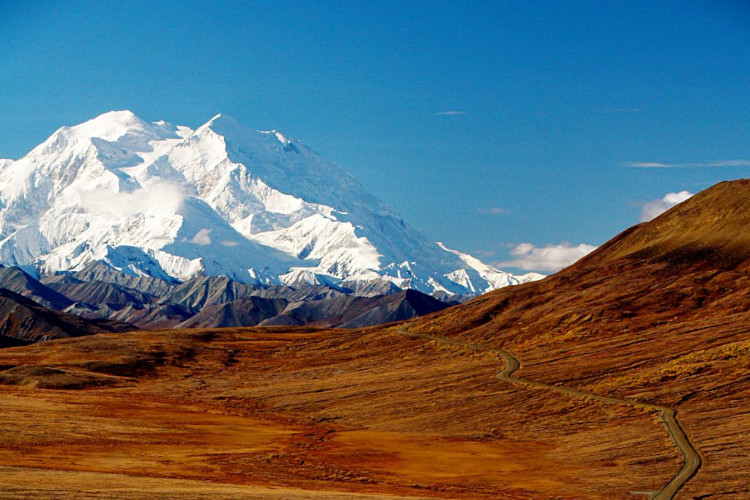
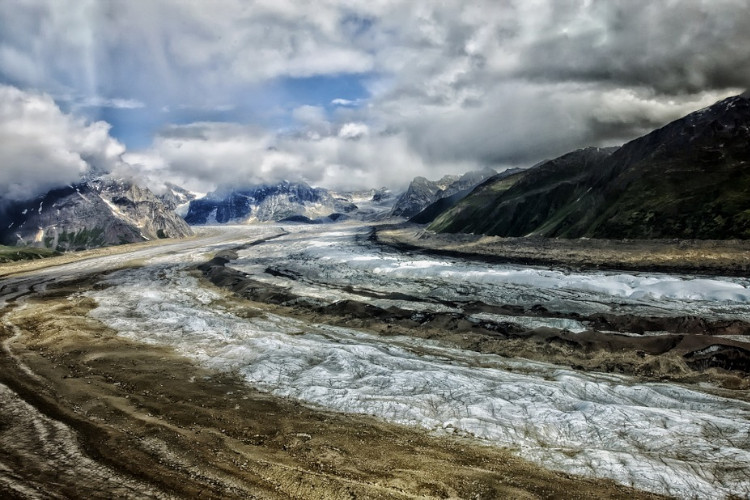
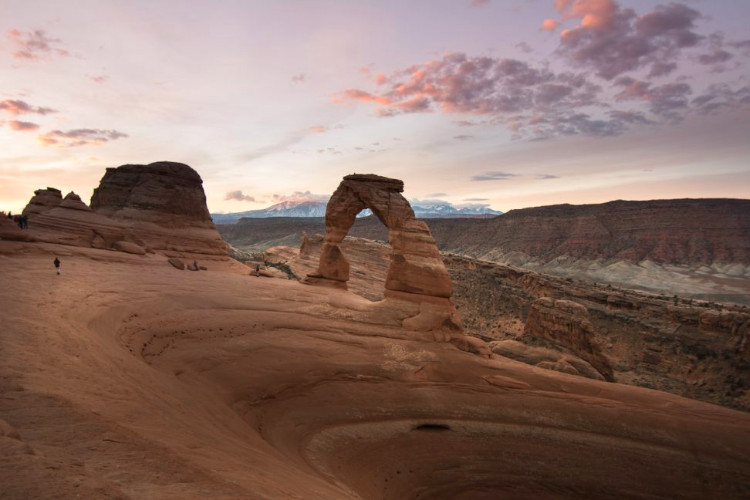
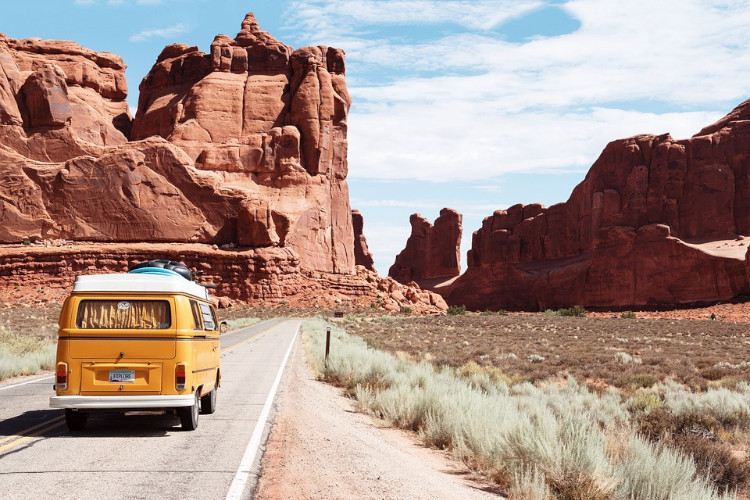
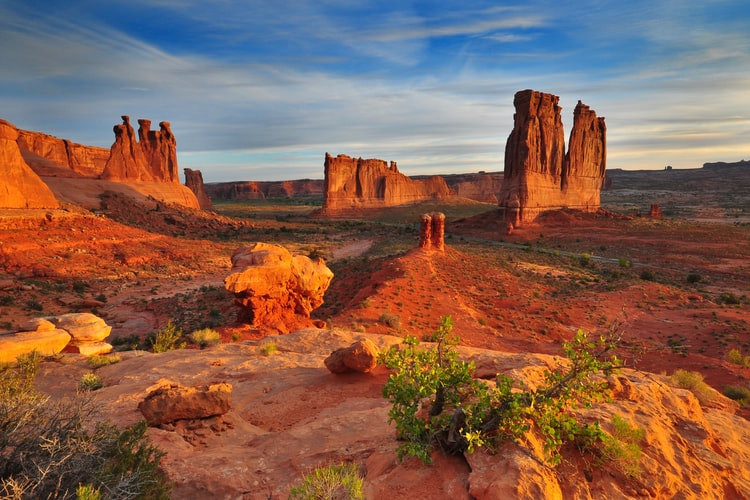
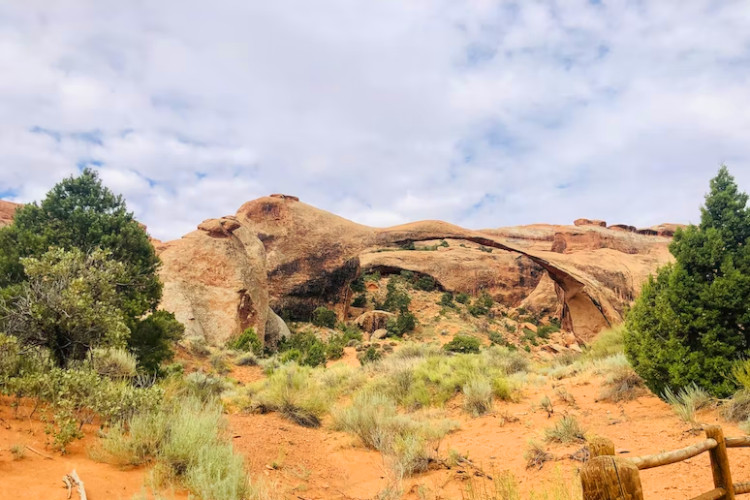

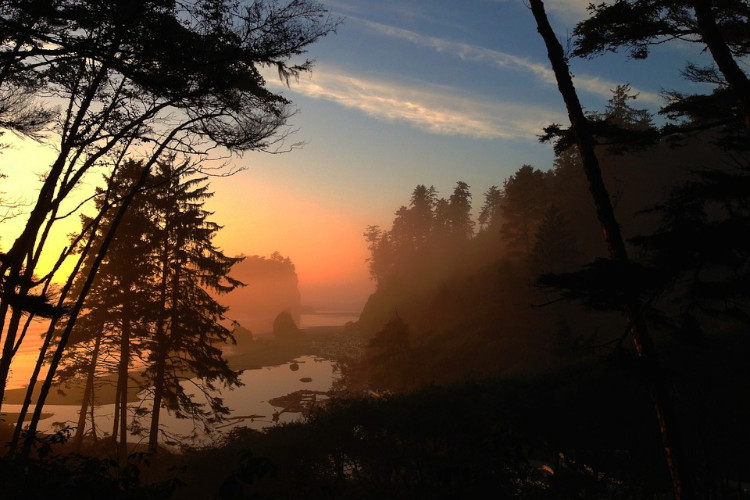
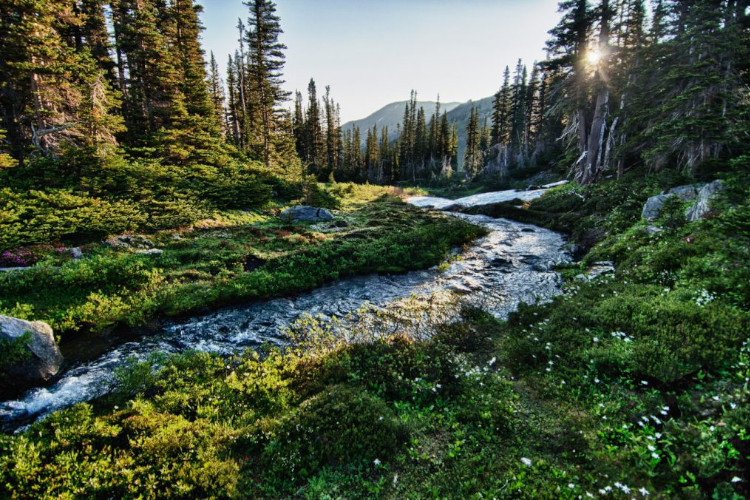
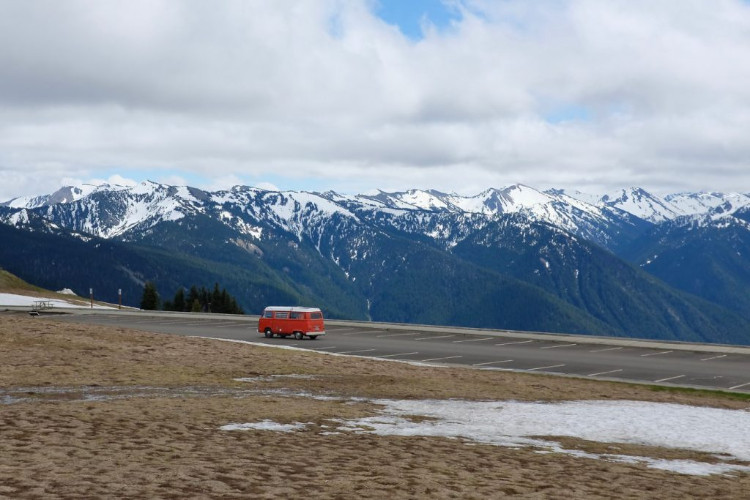
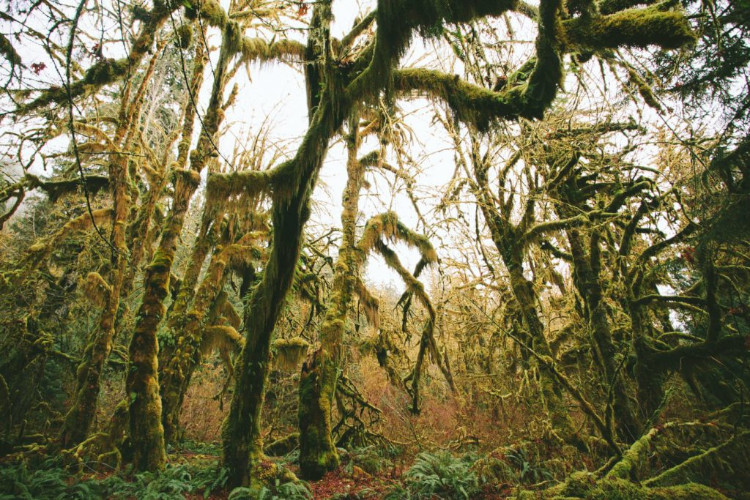
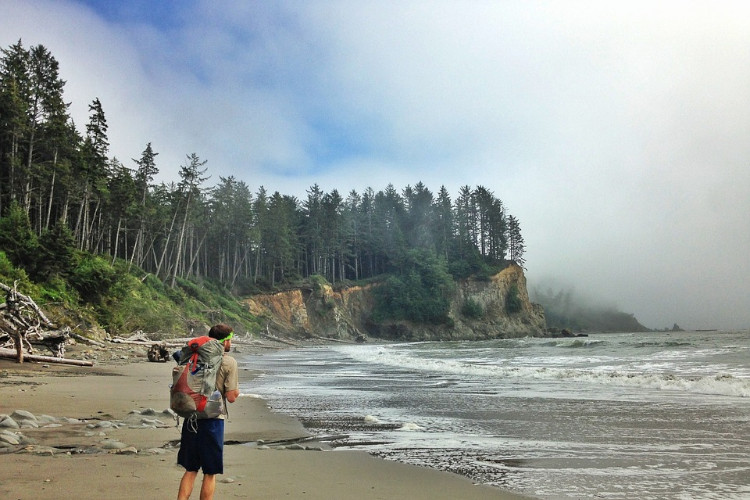
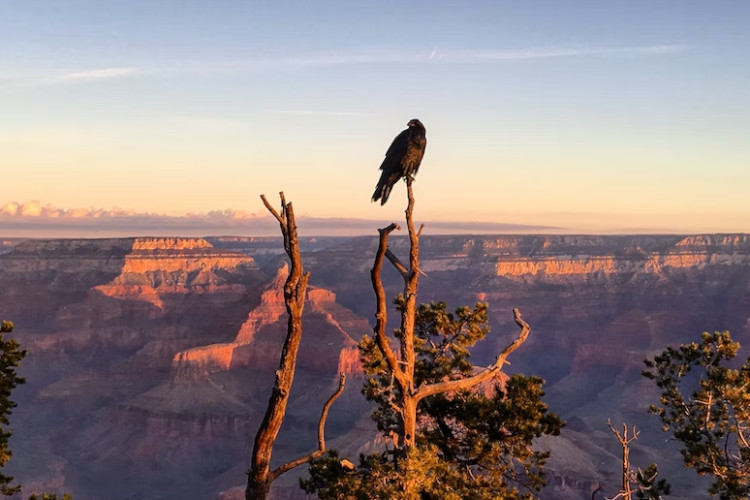

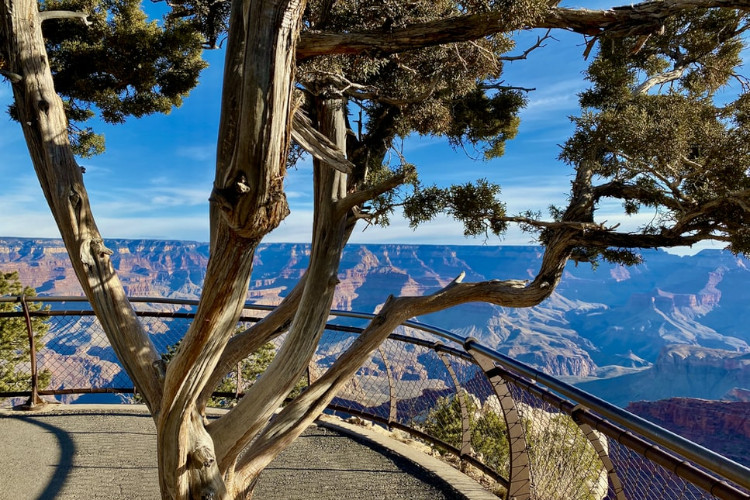
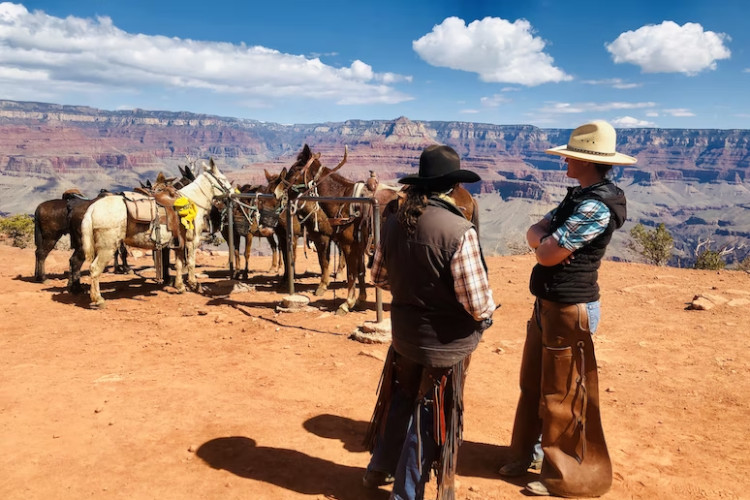
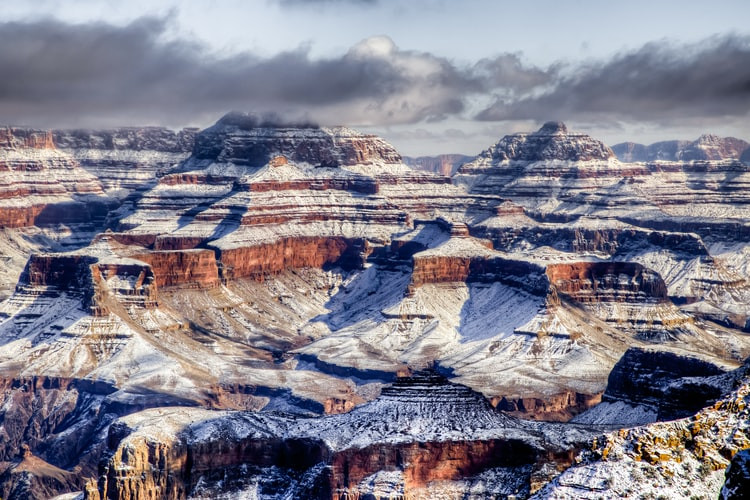
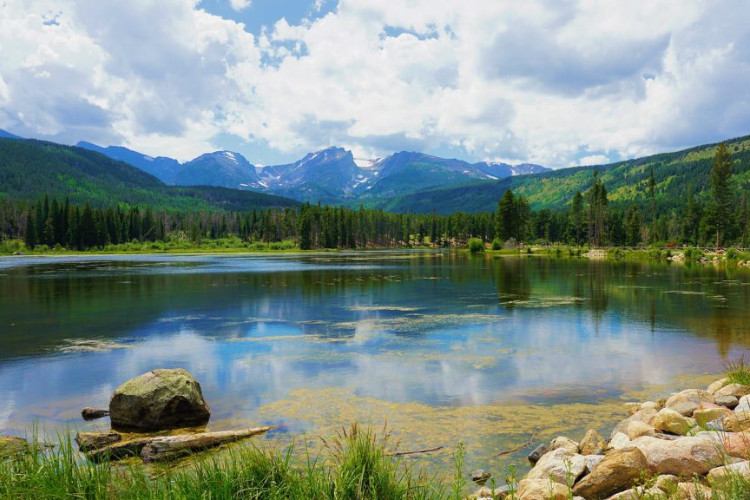
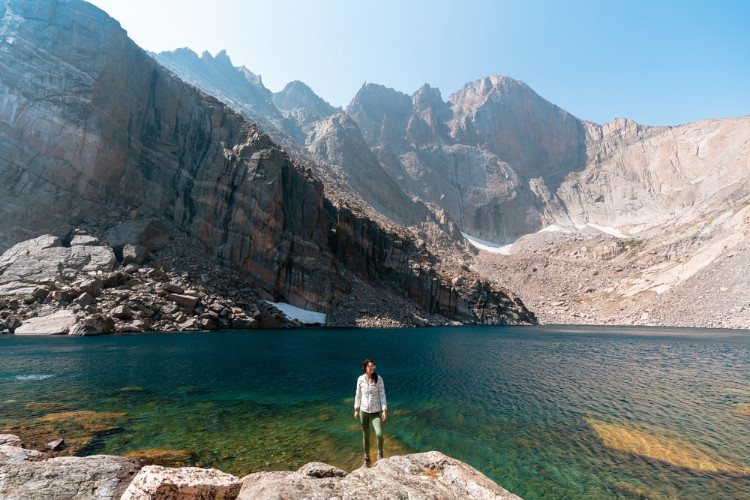
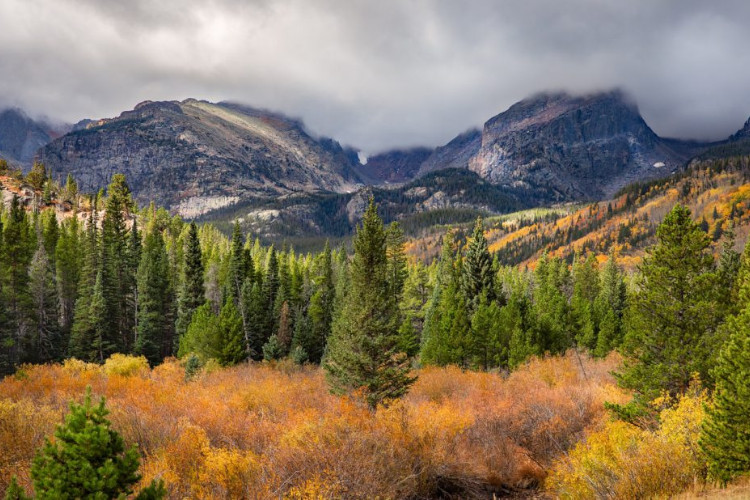
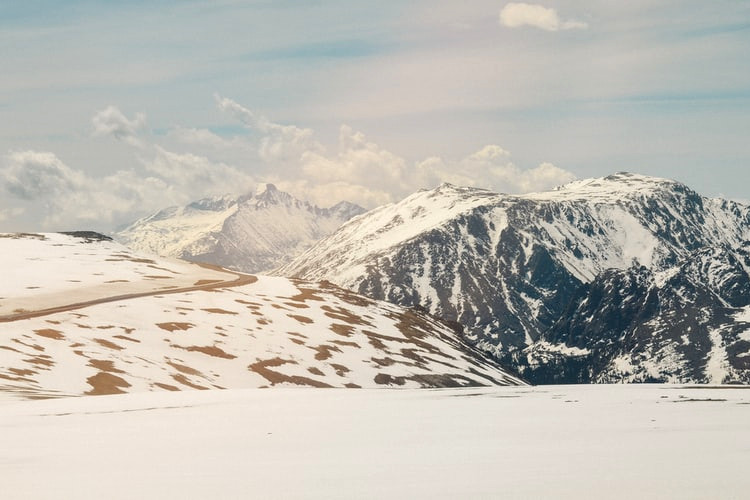
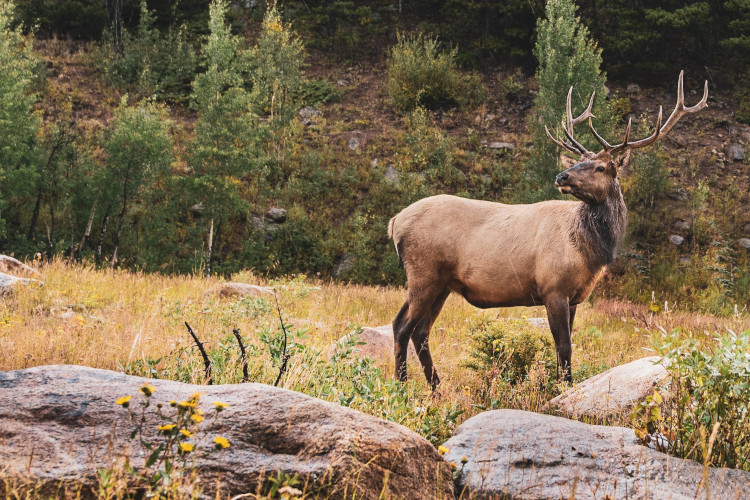
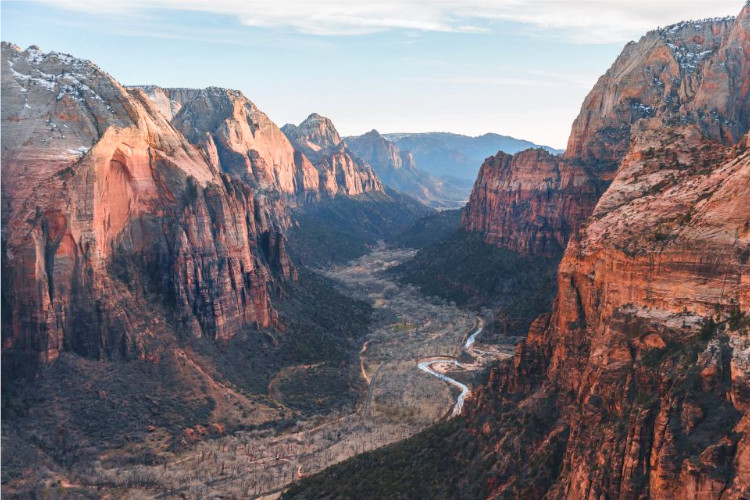
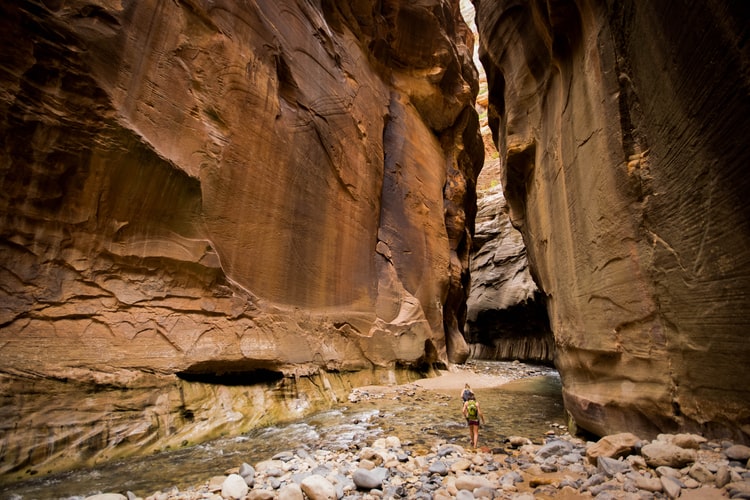
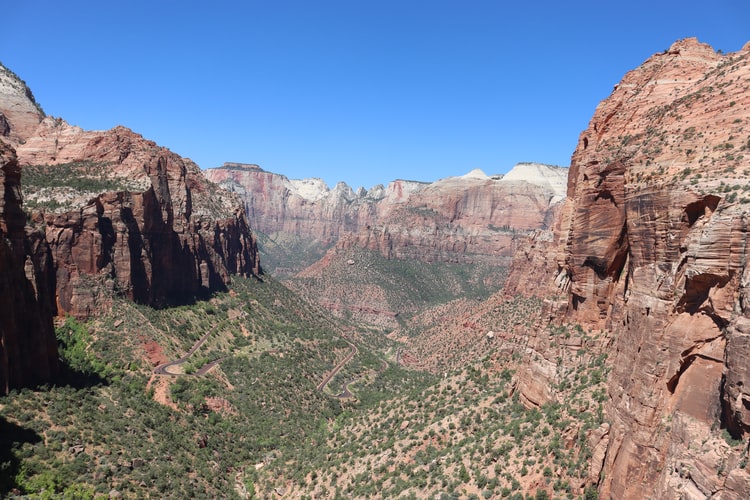
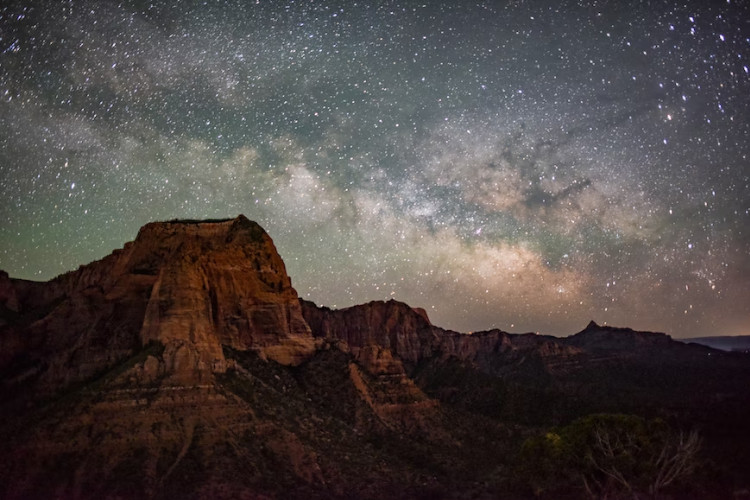
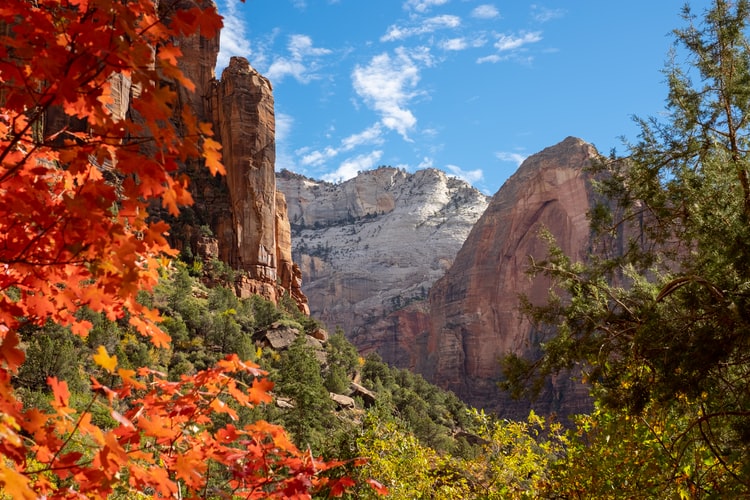
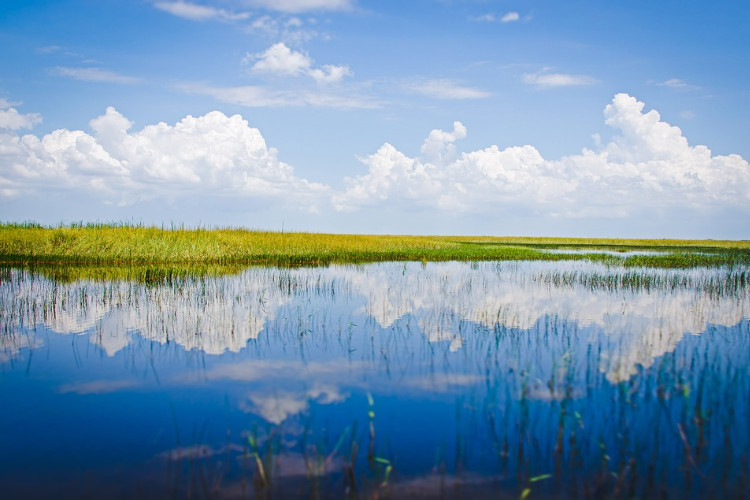
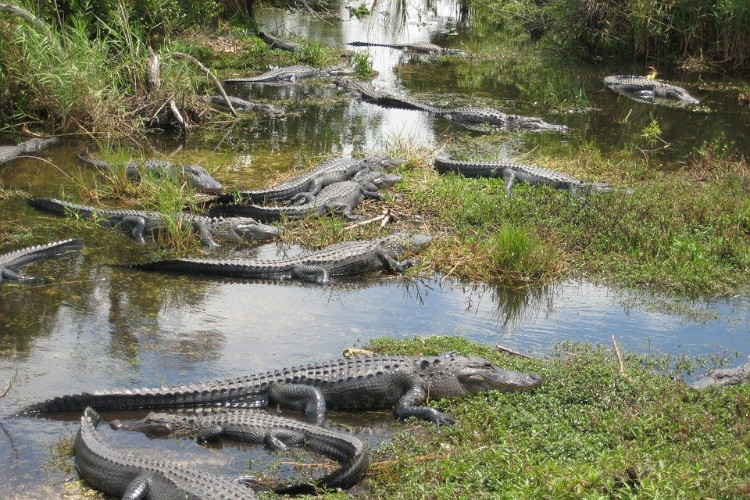
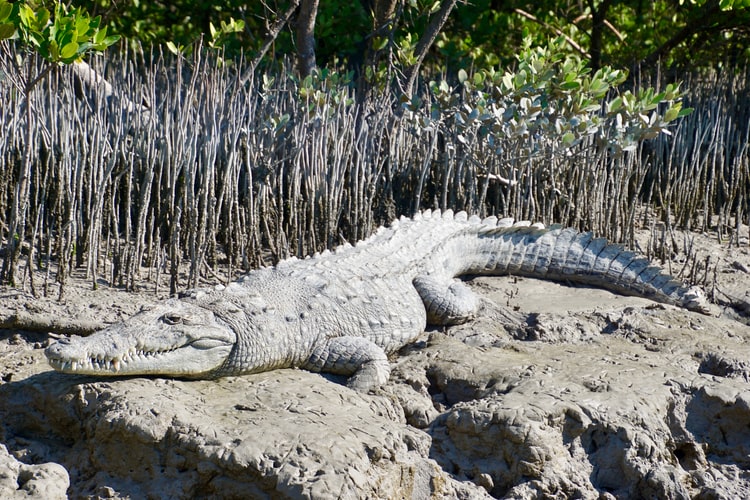
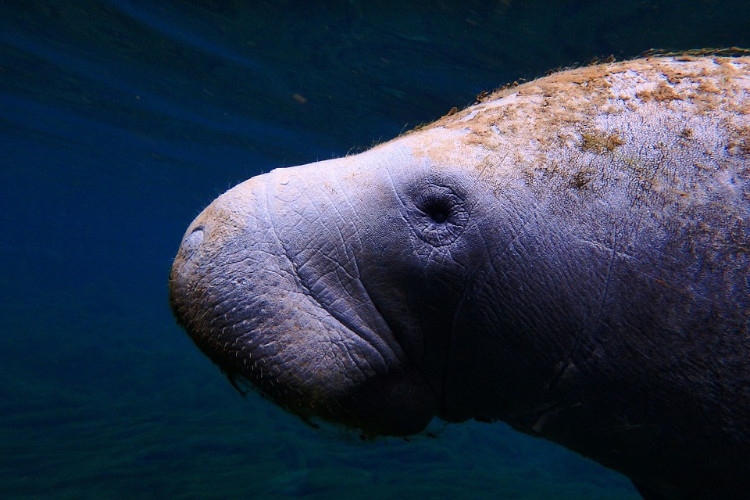
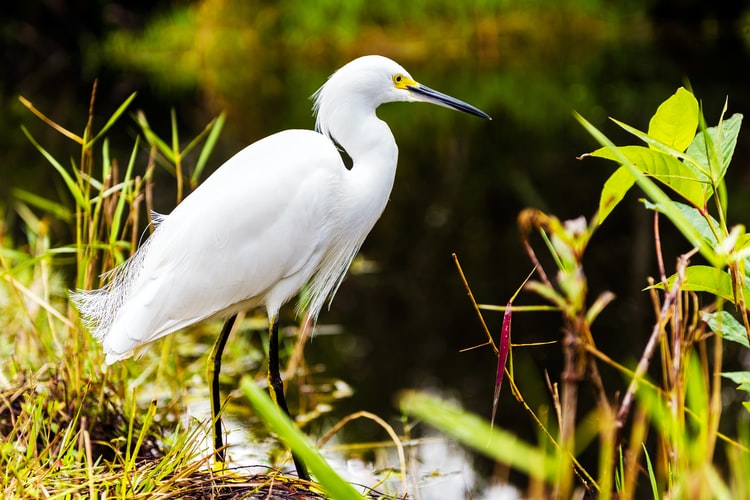
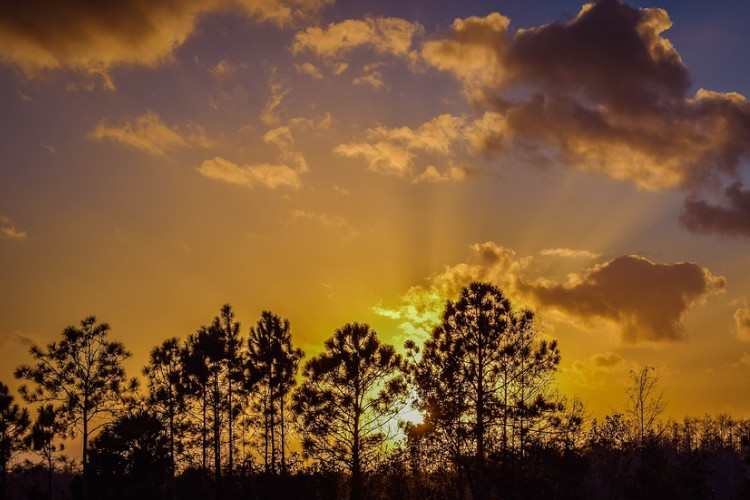
Leave a Reply